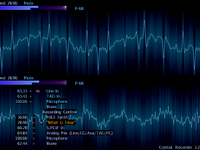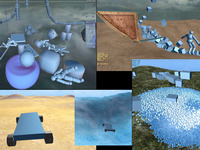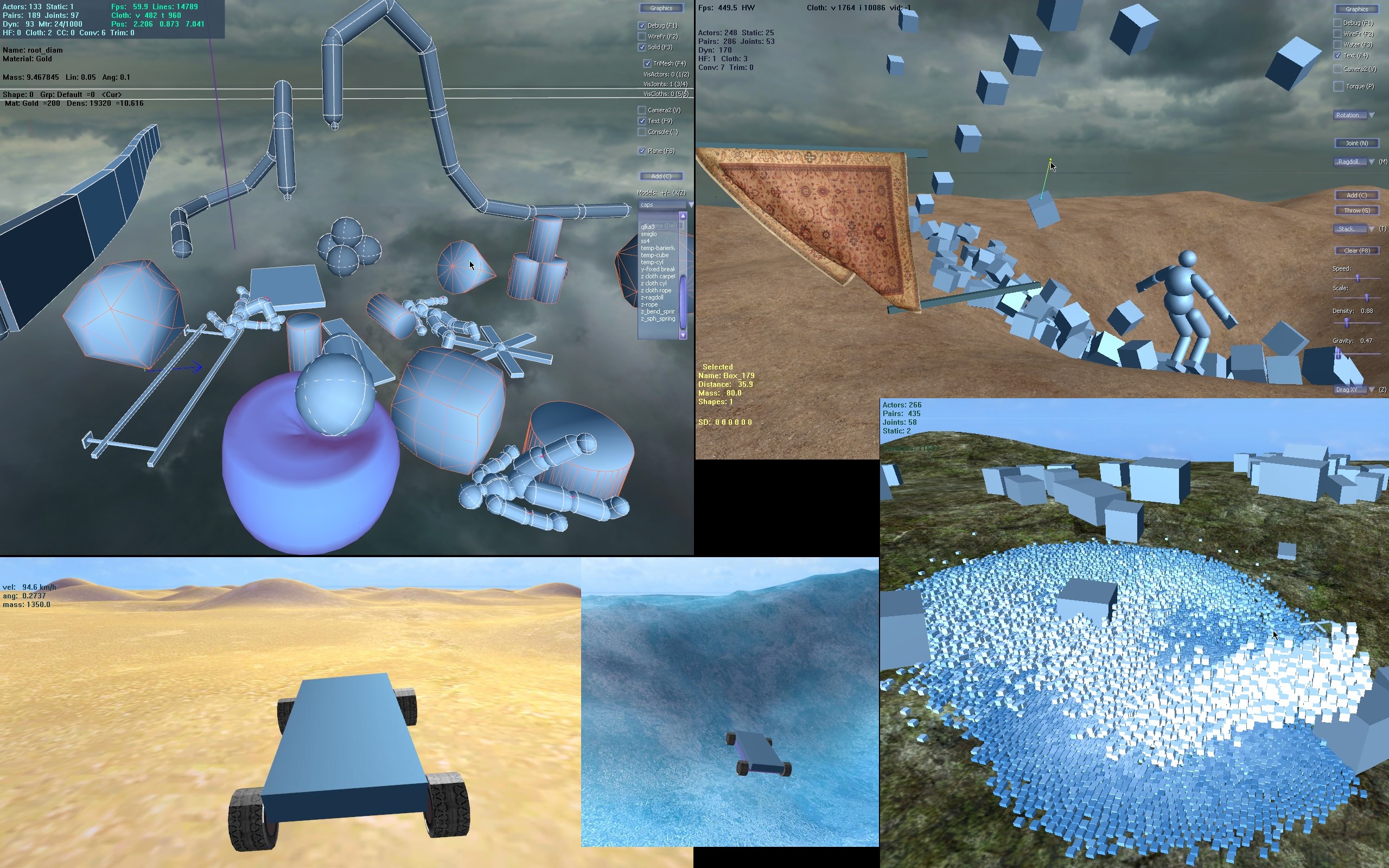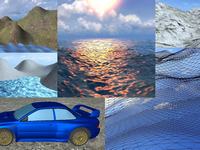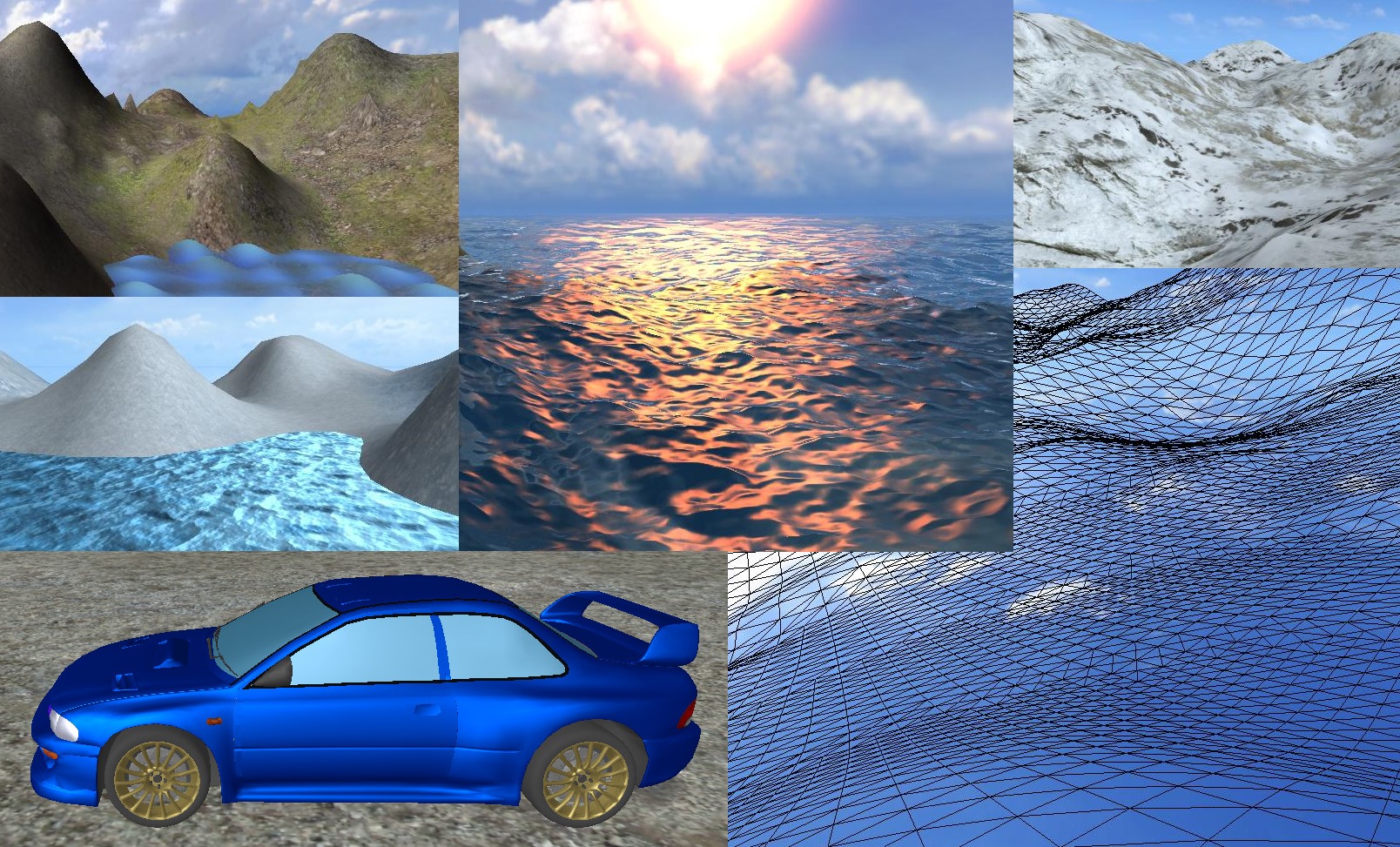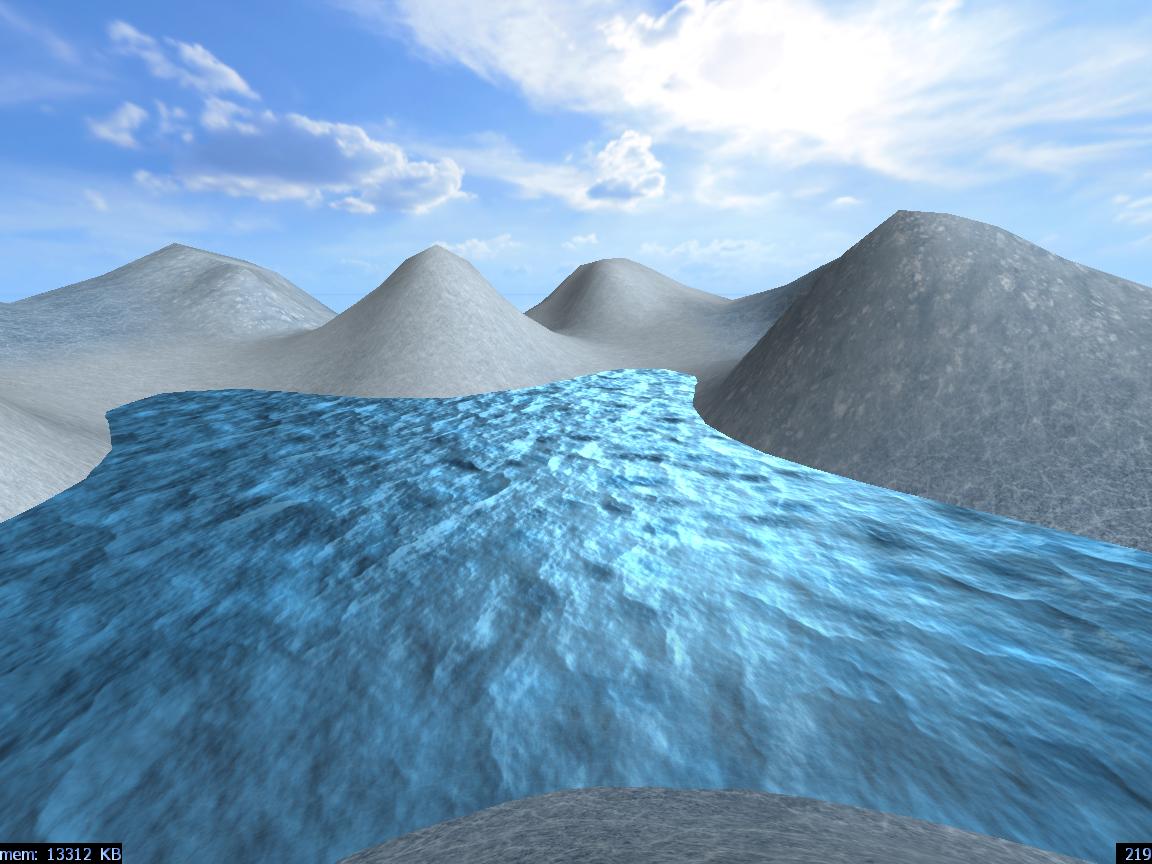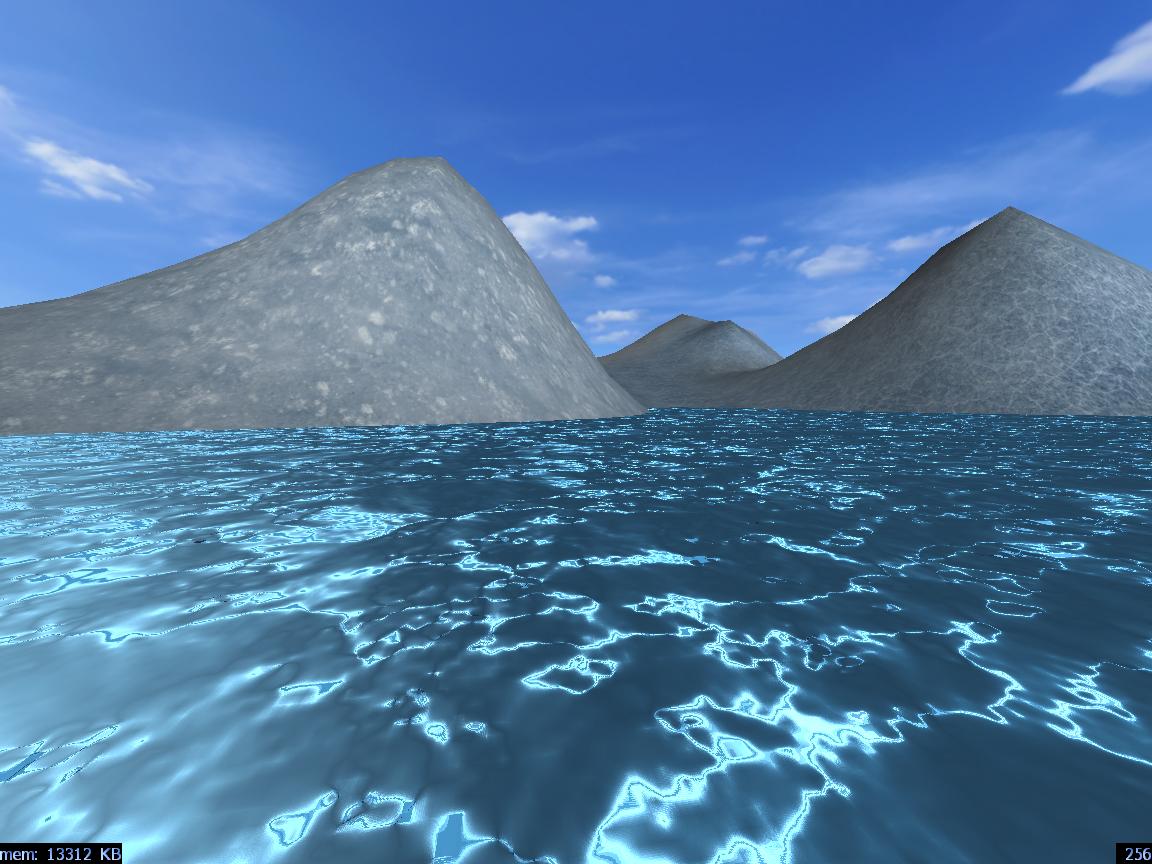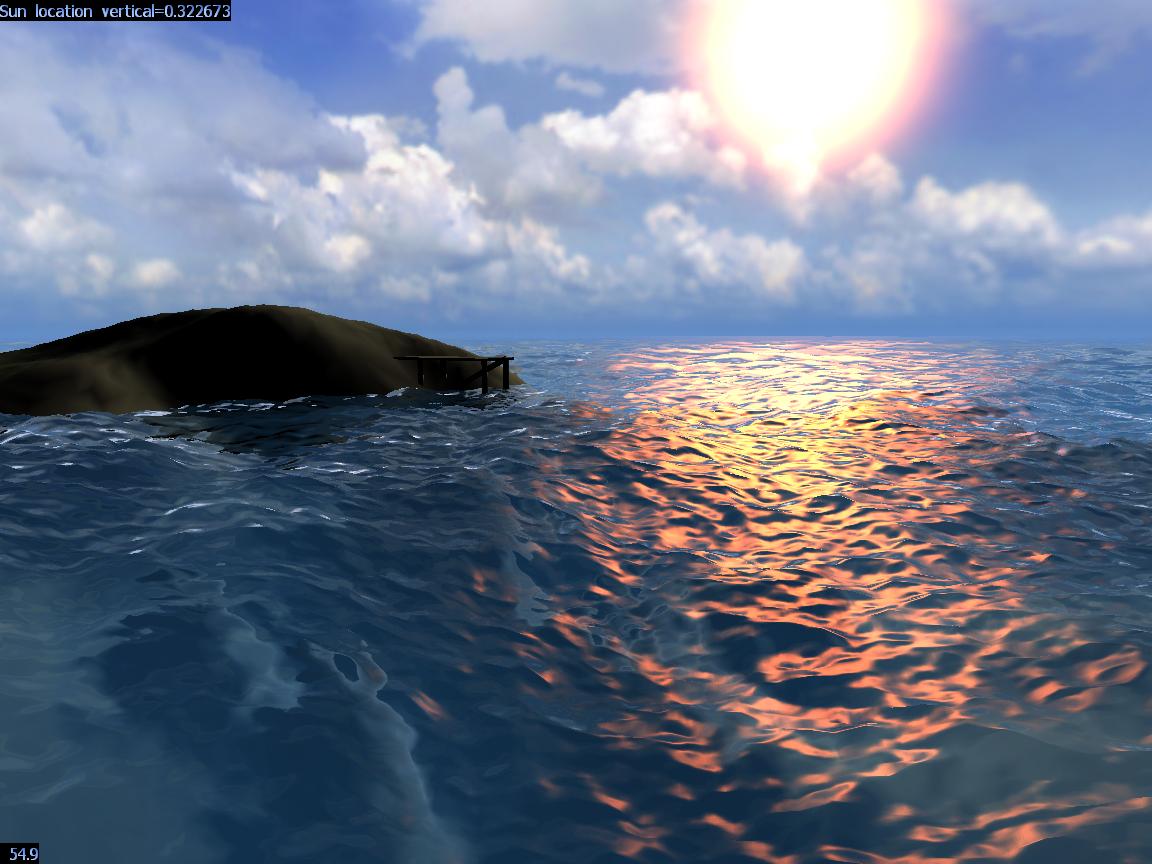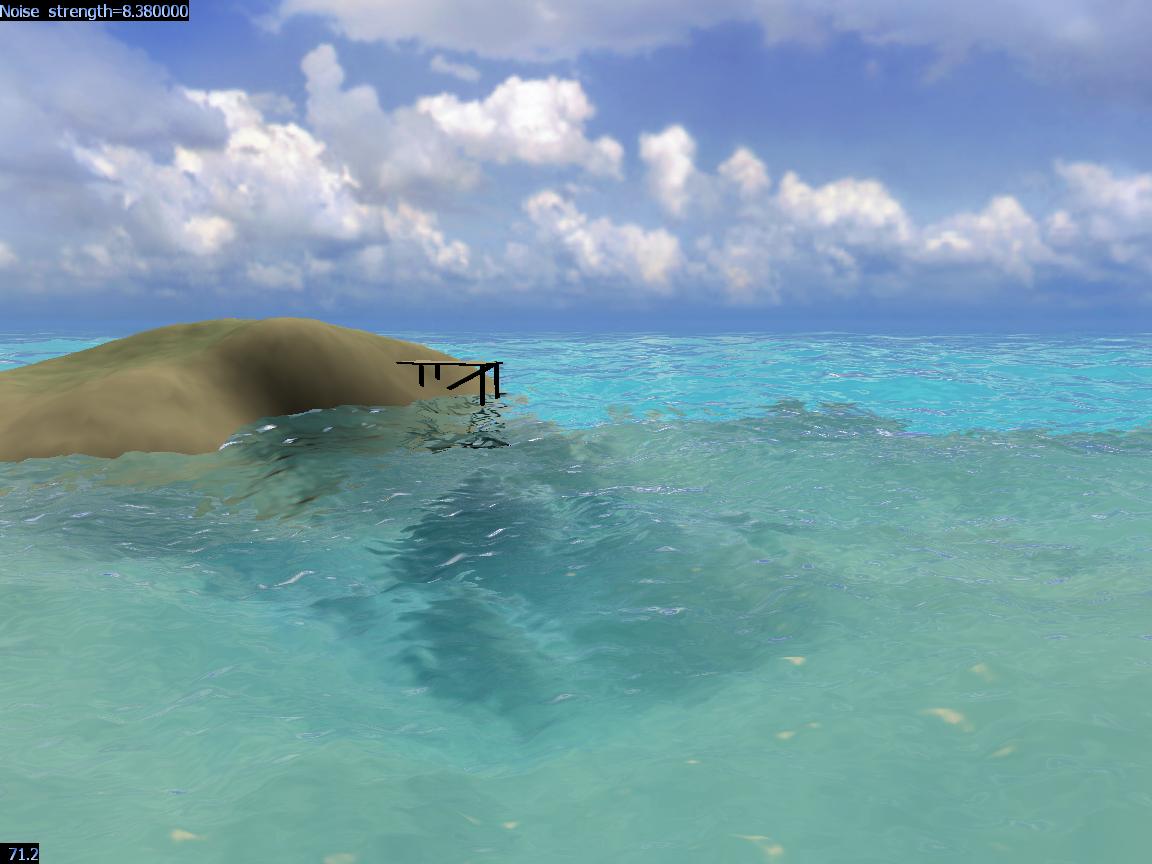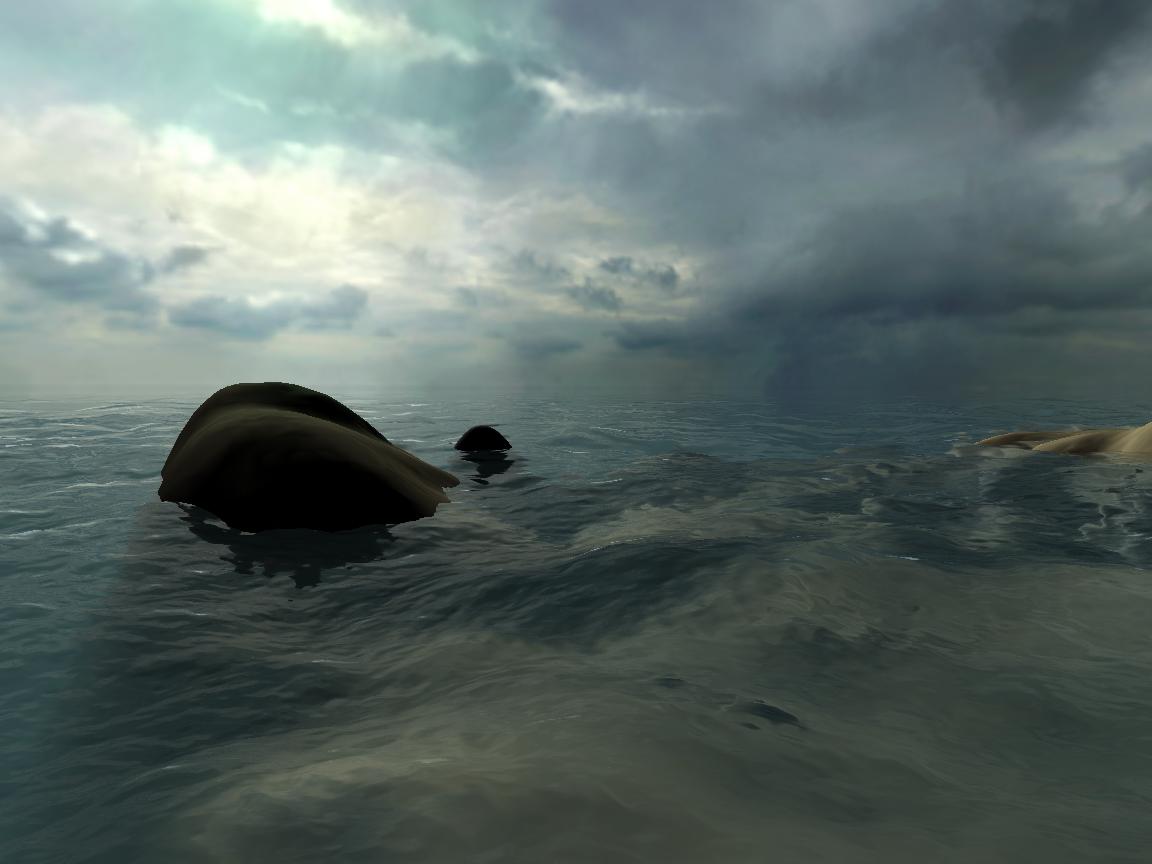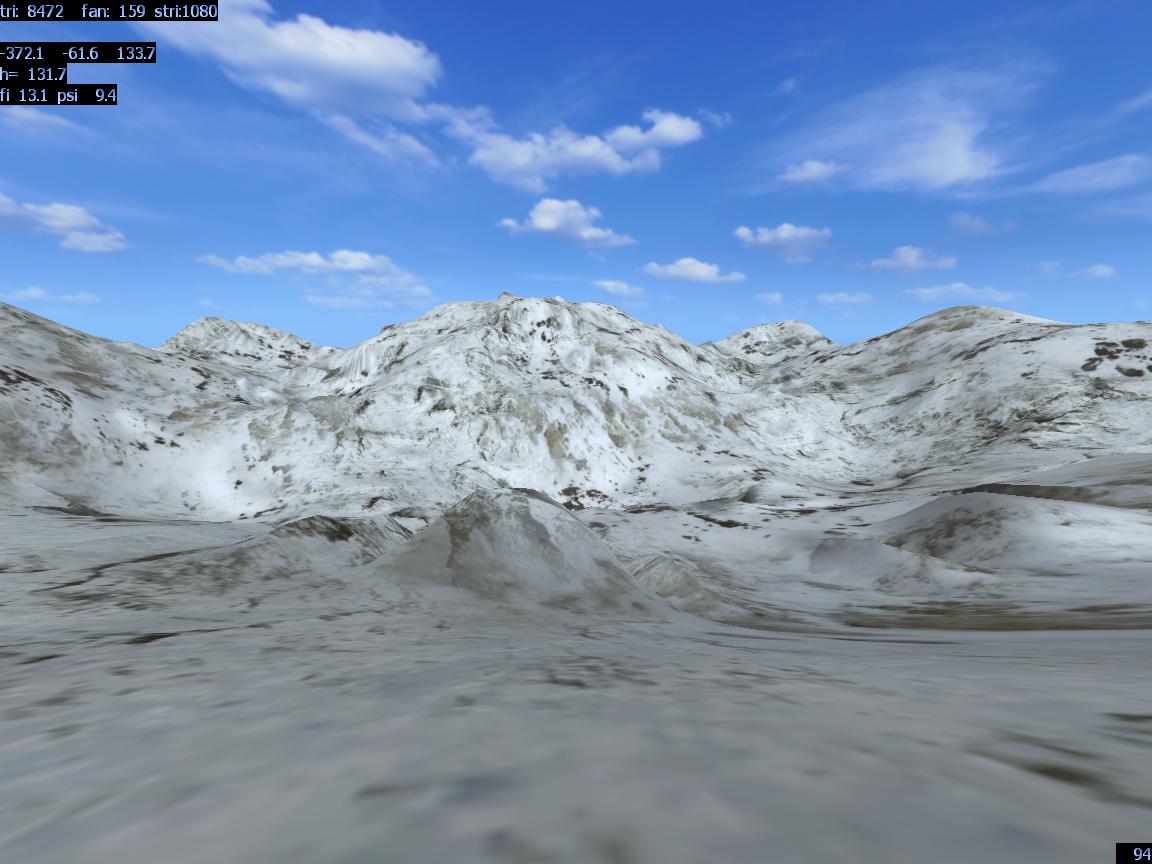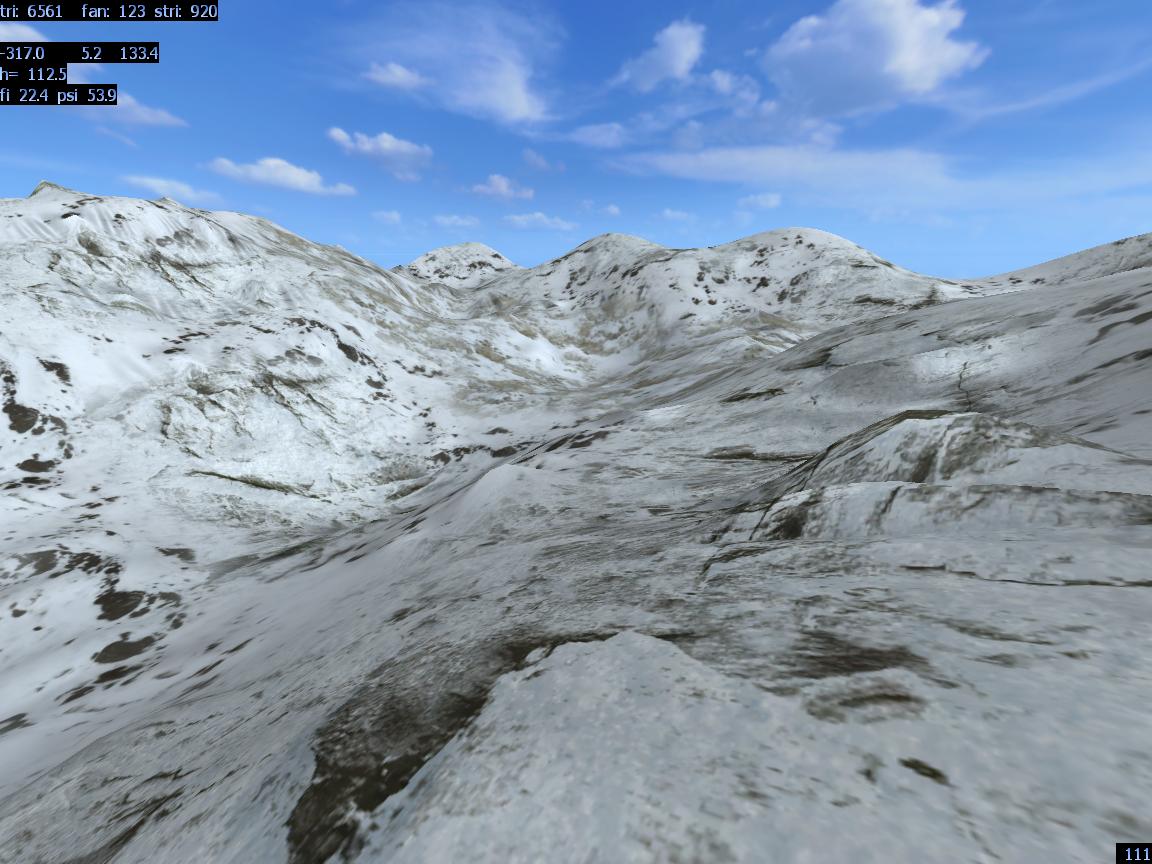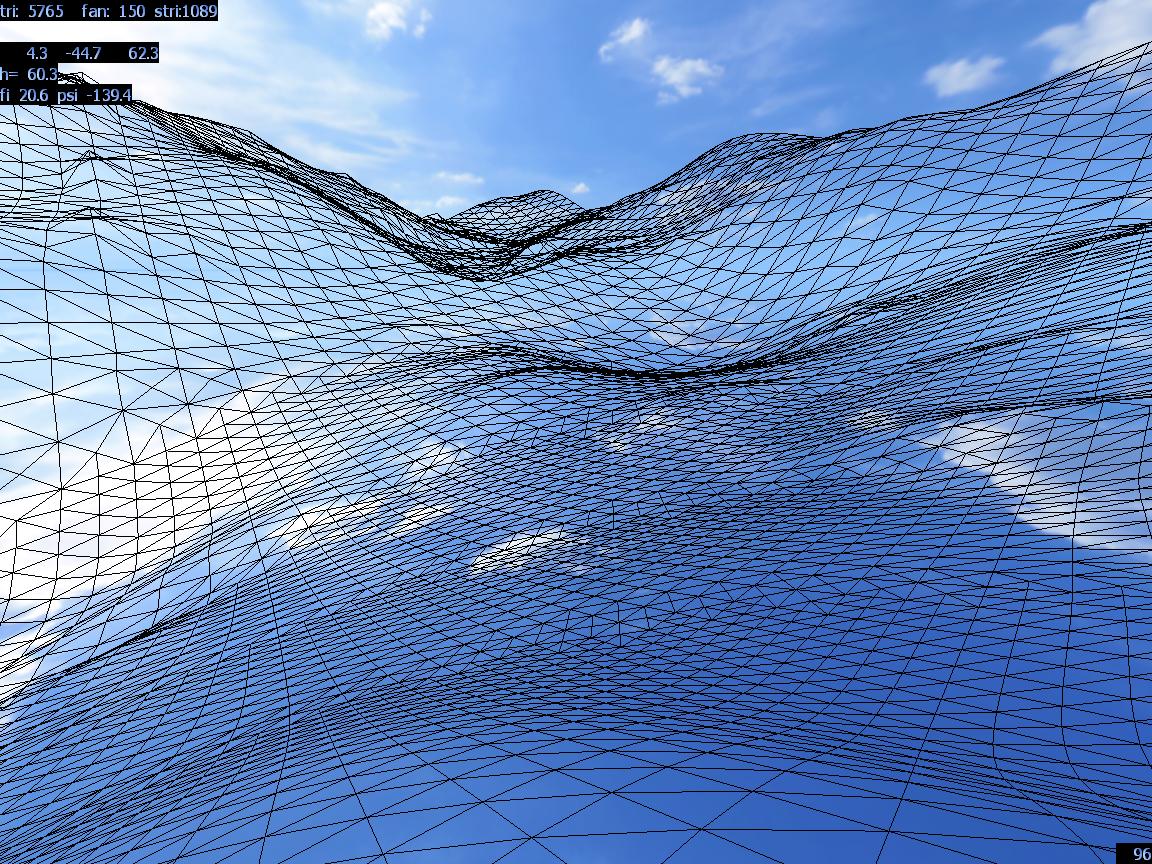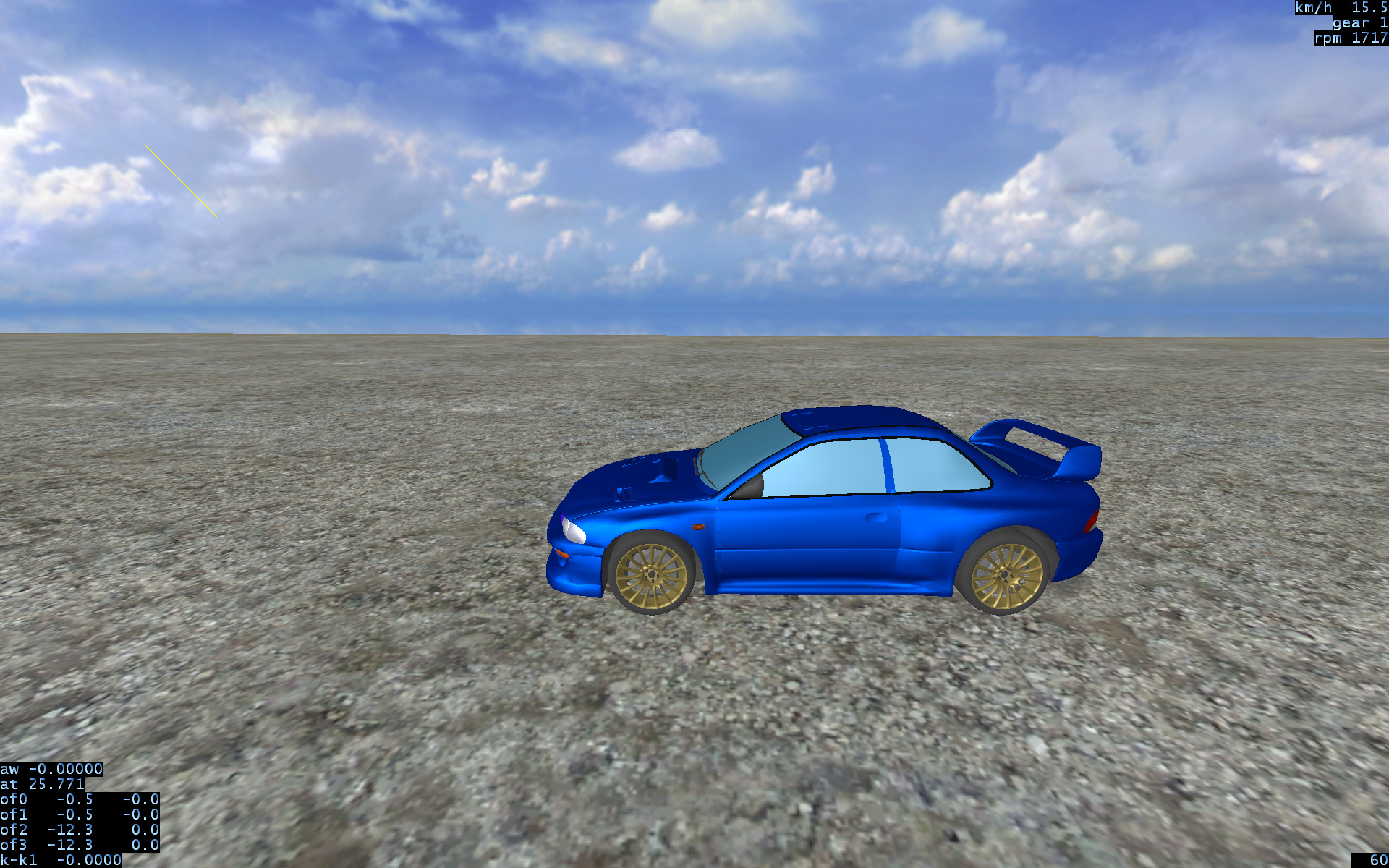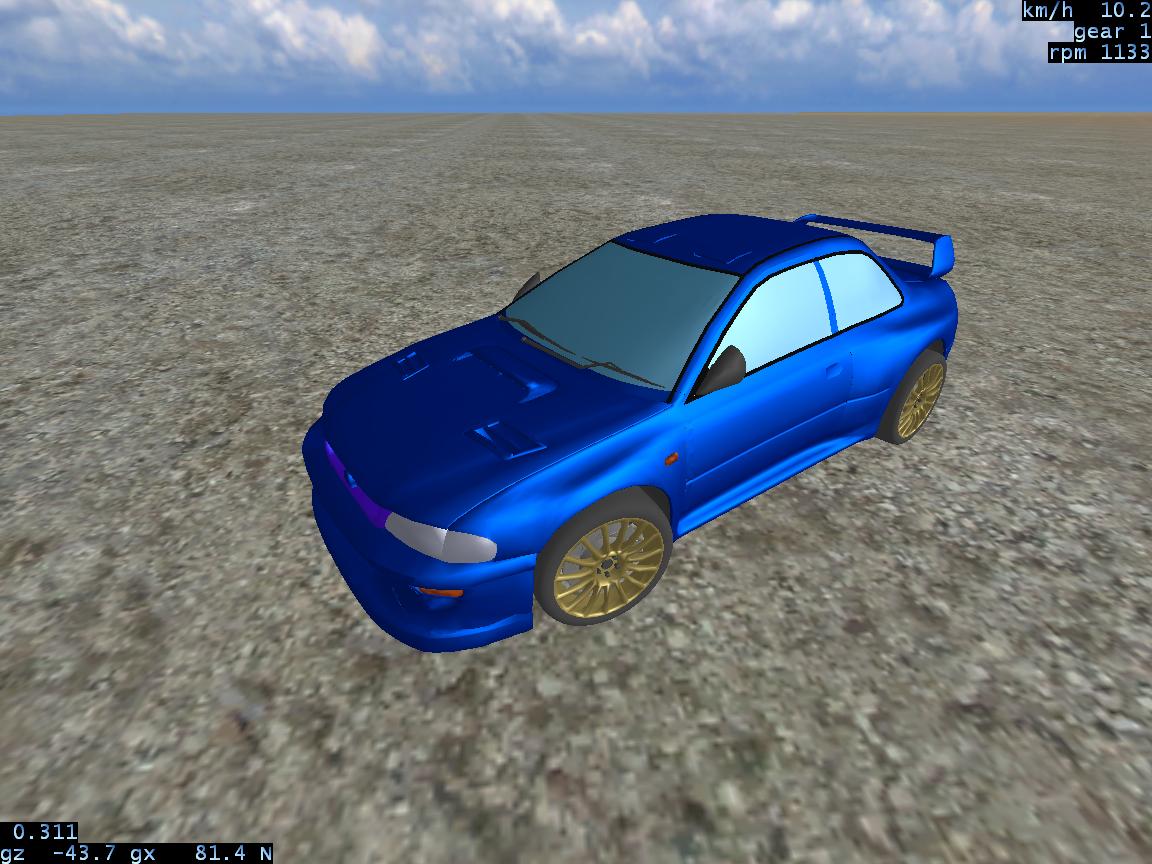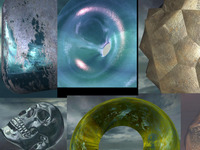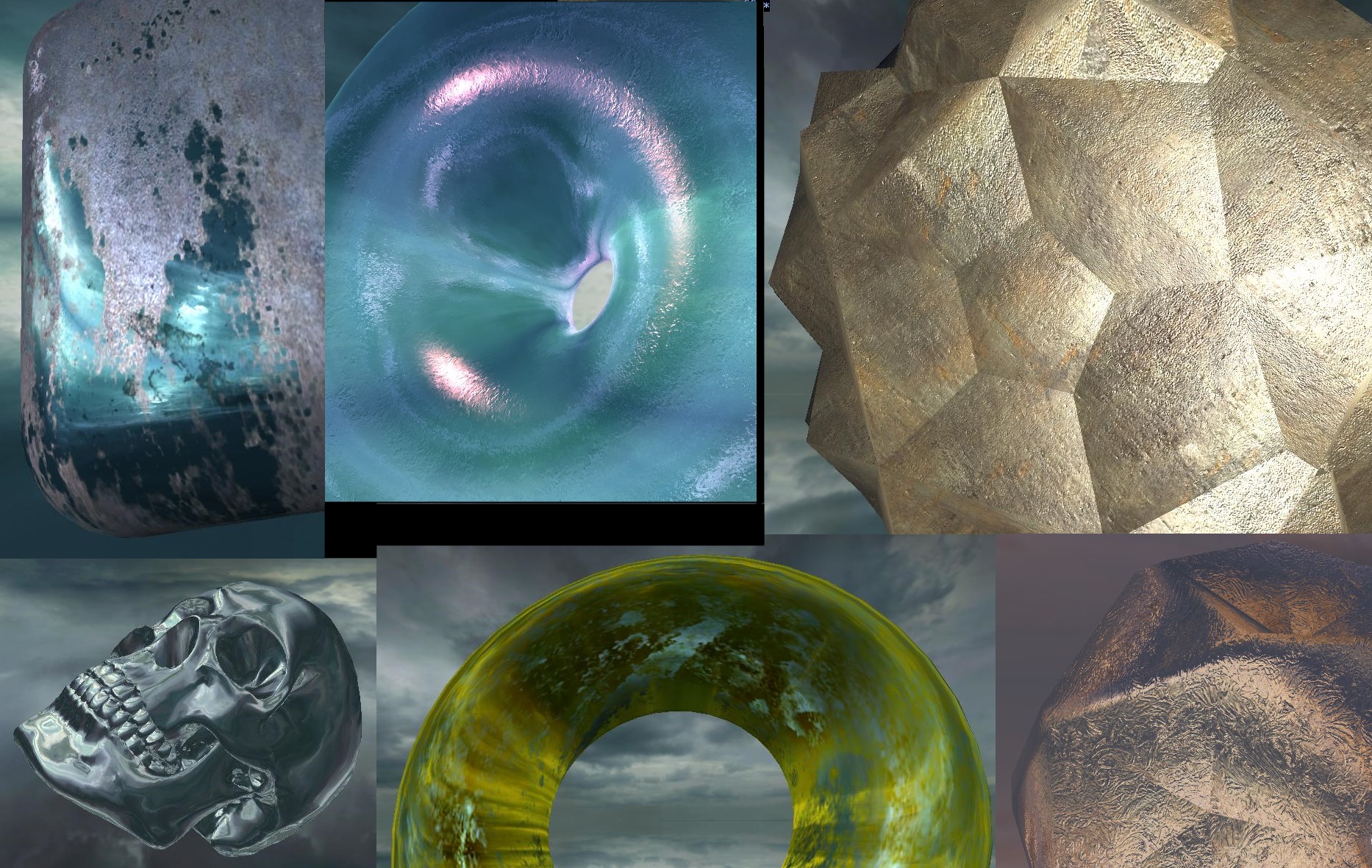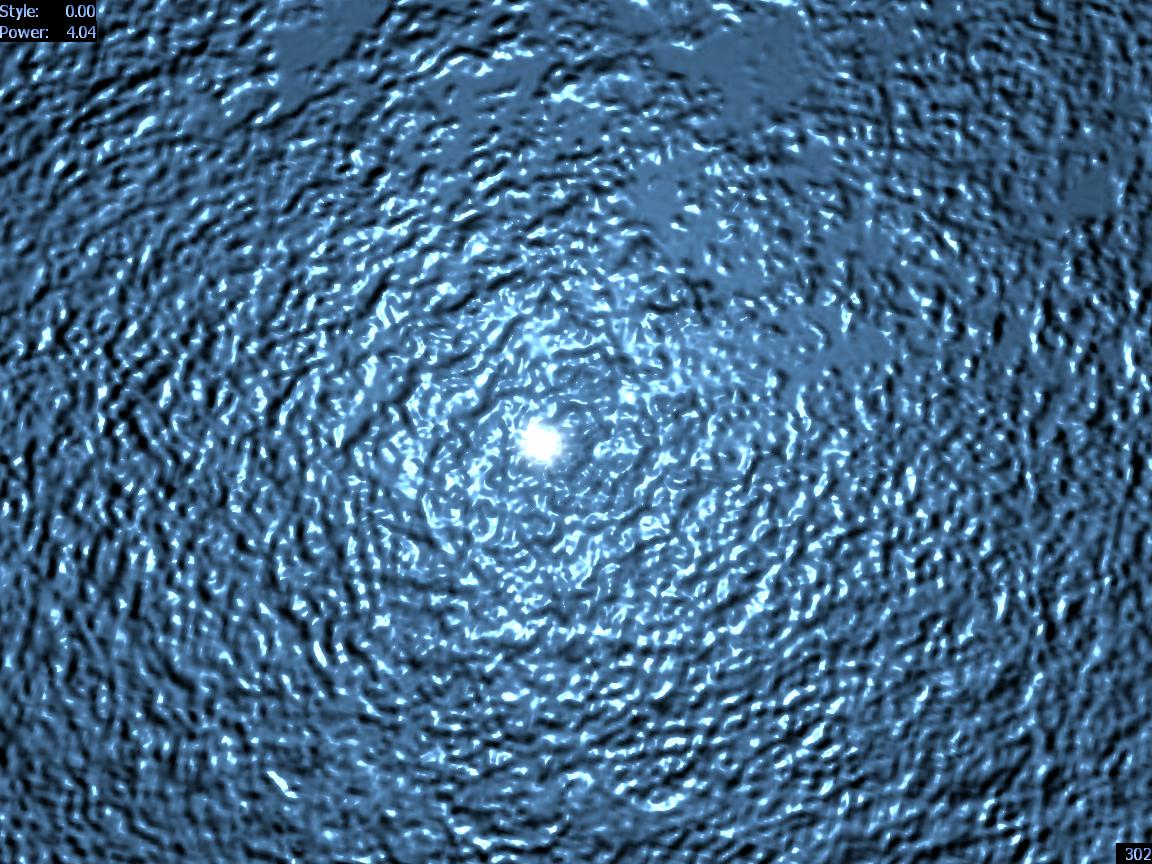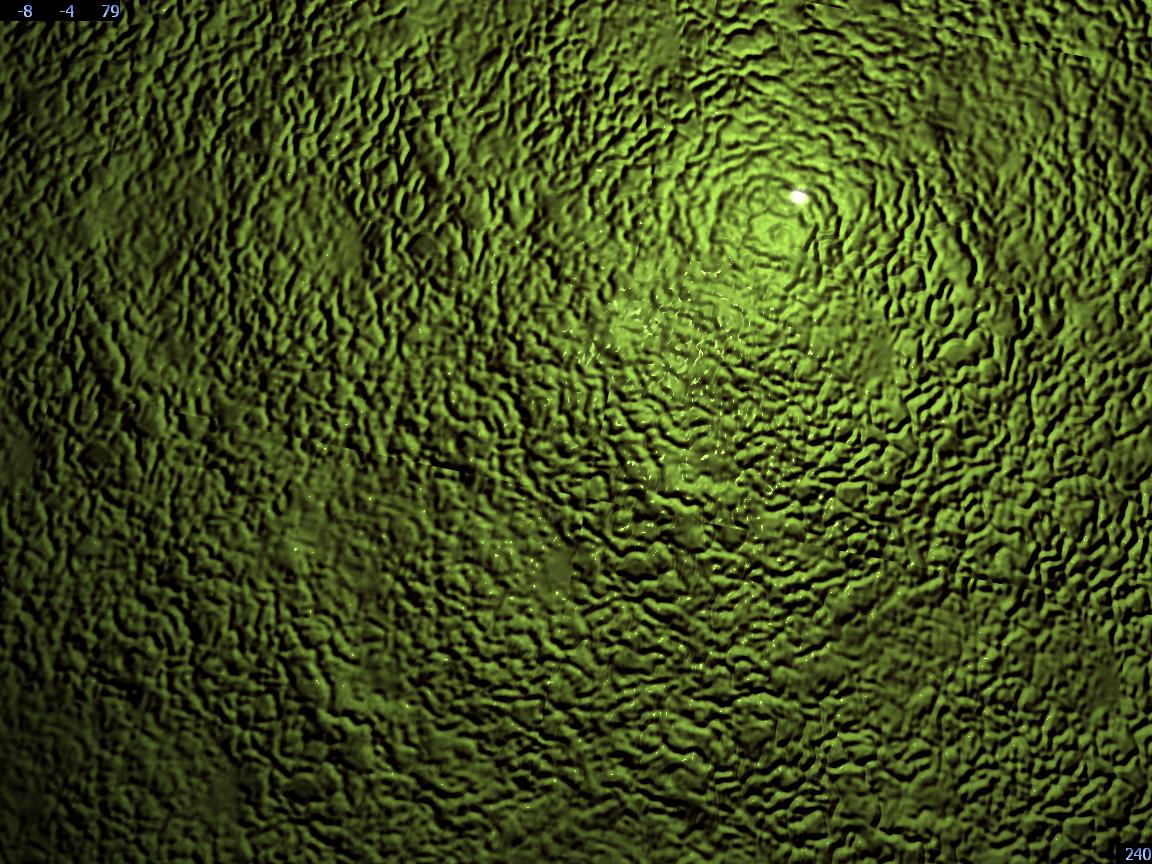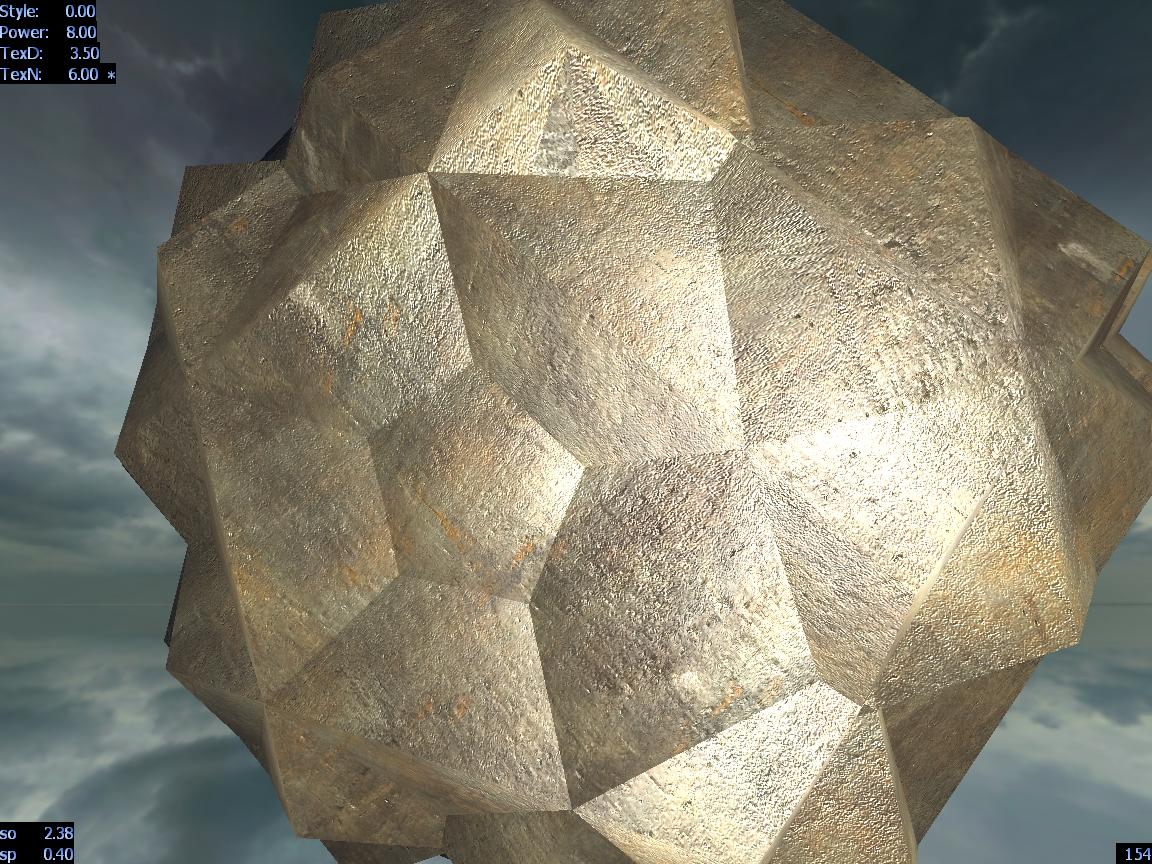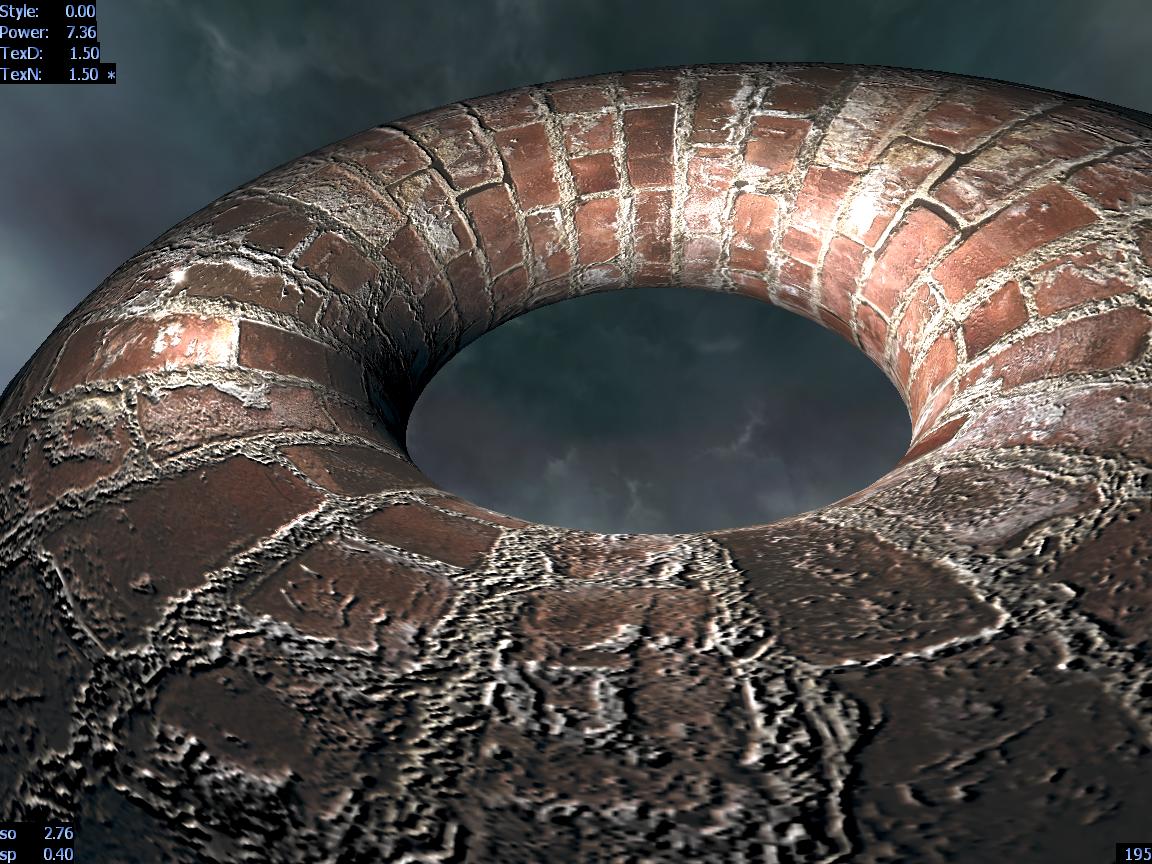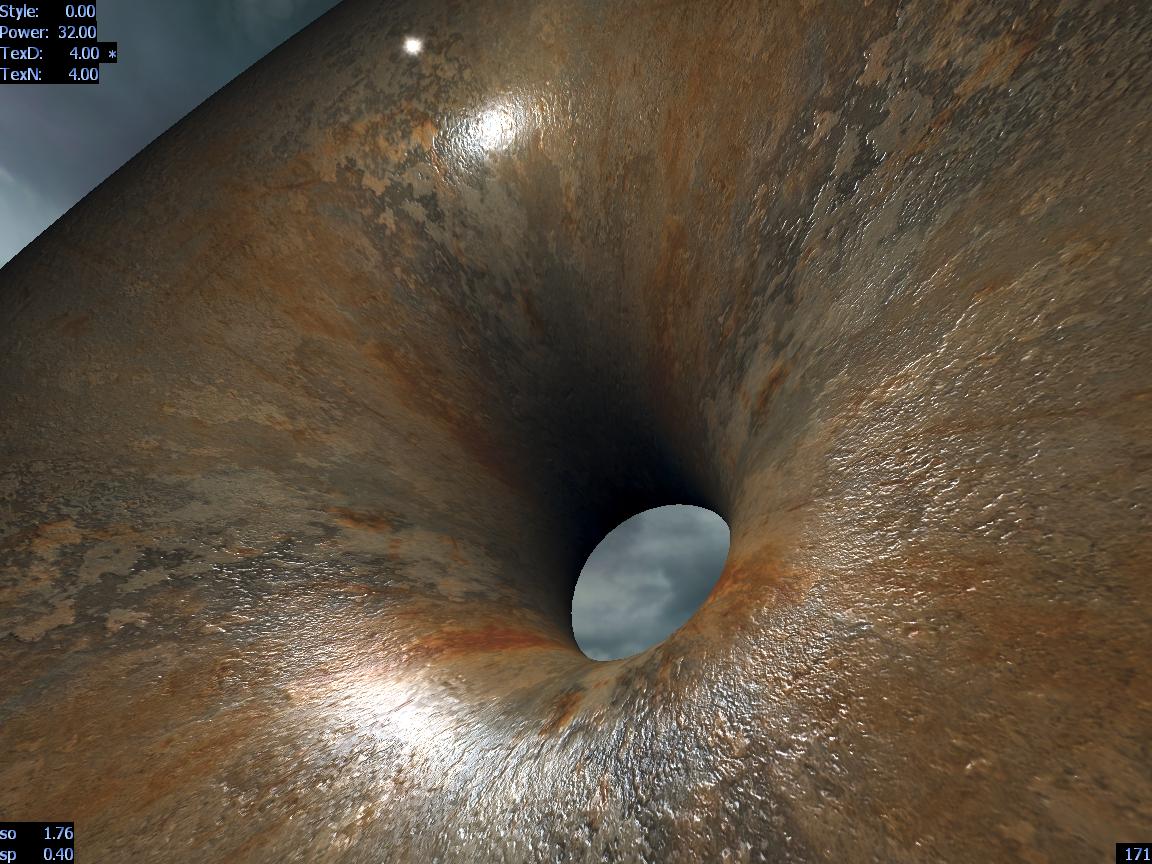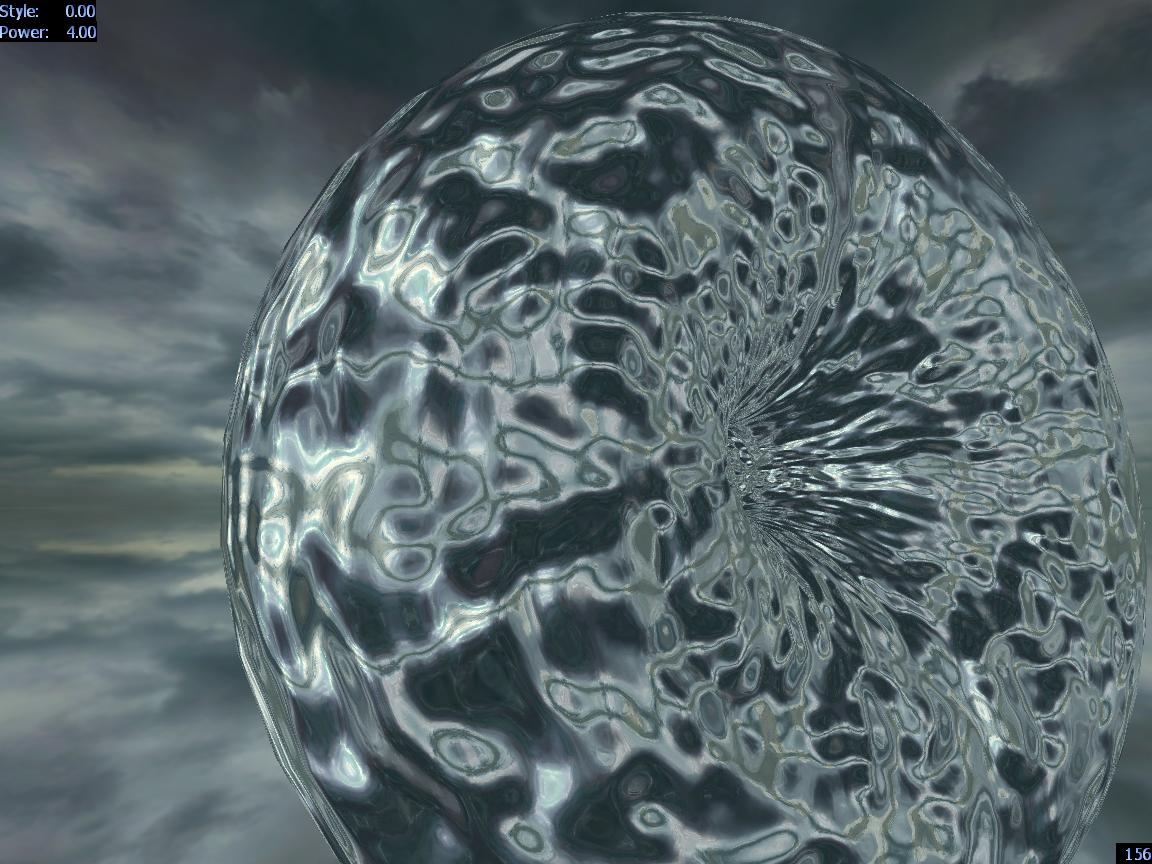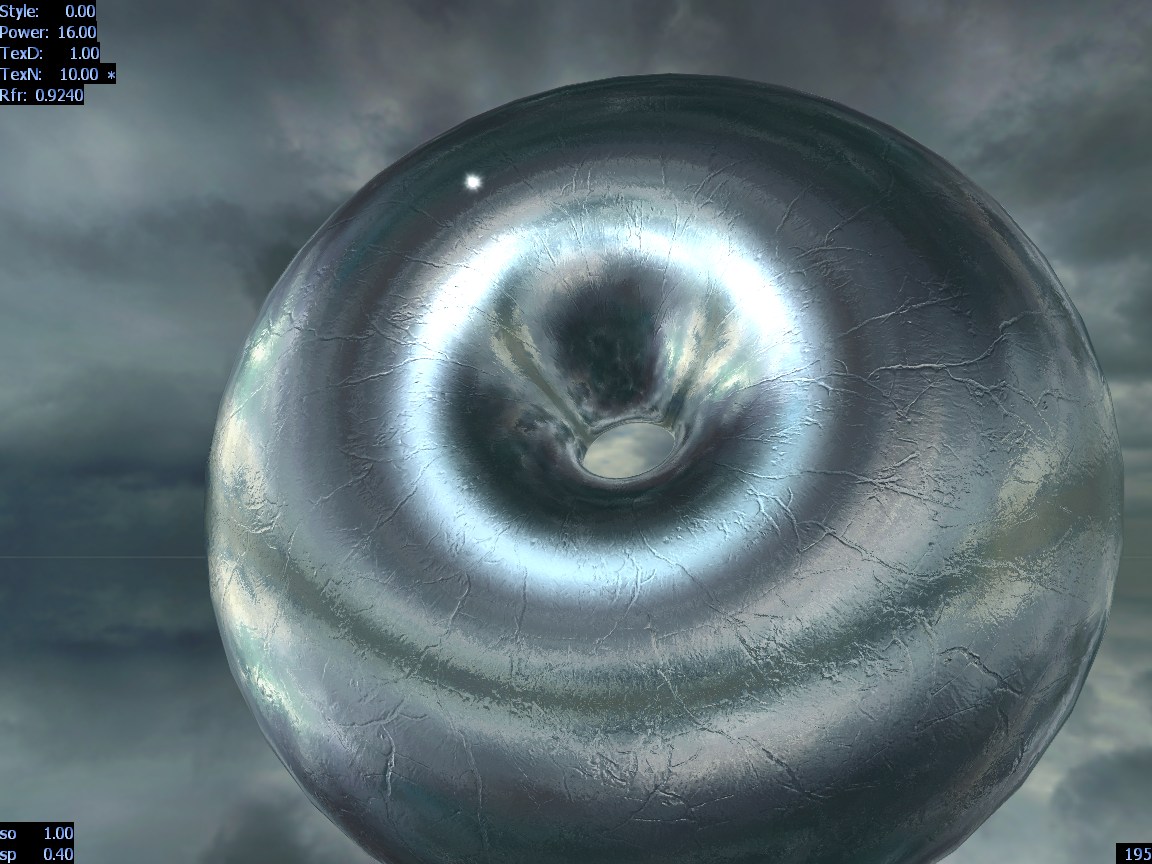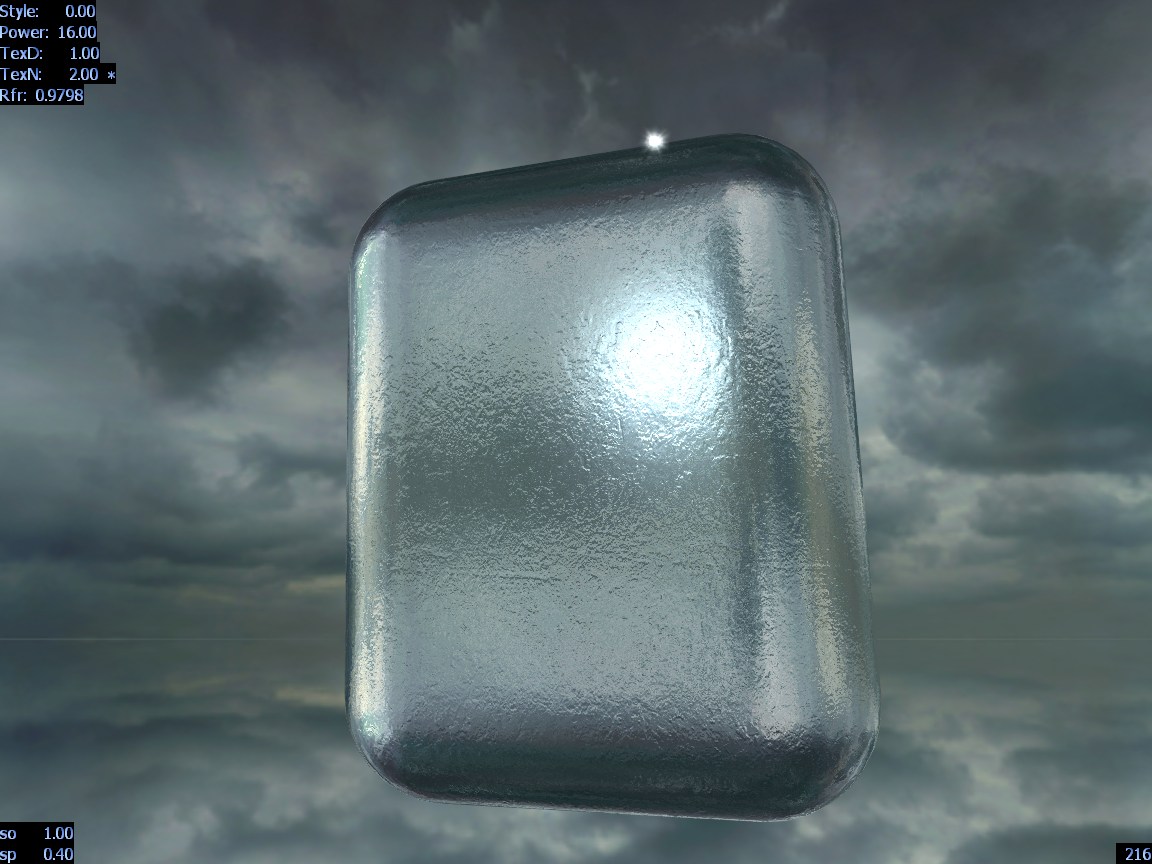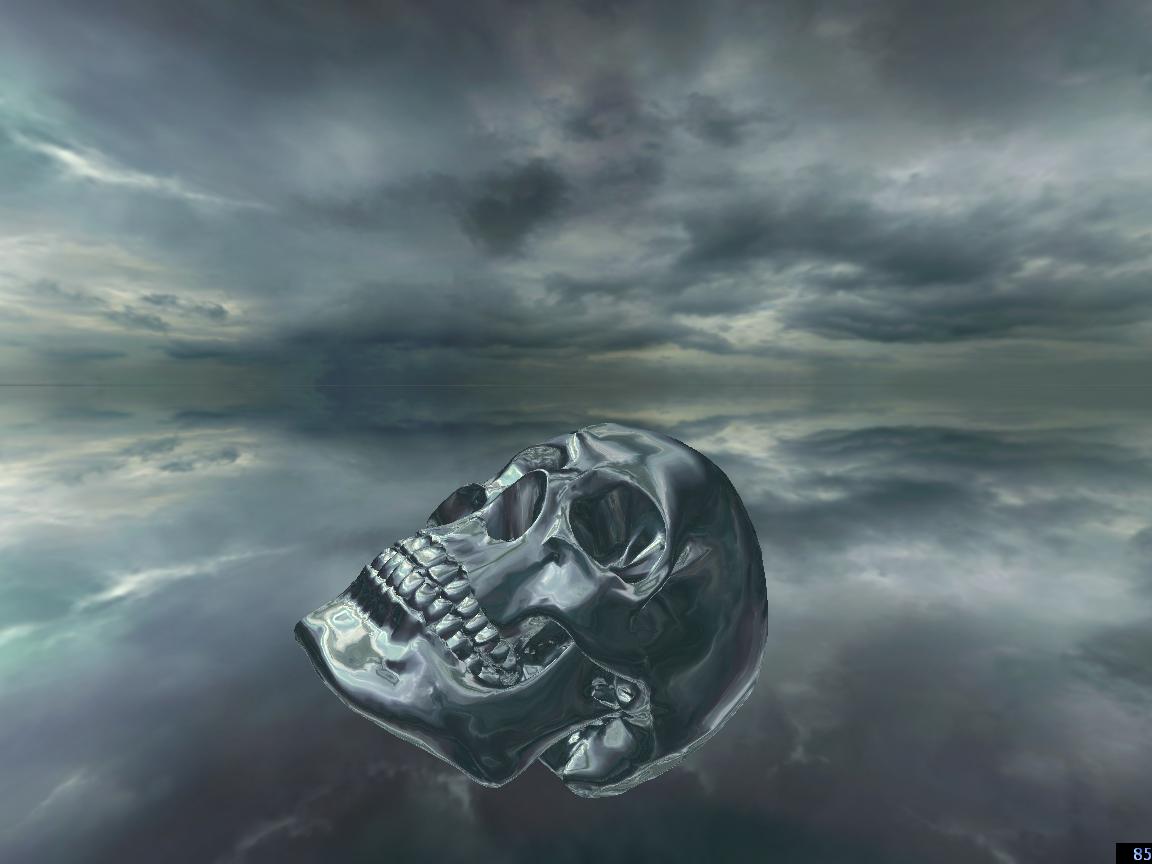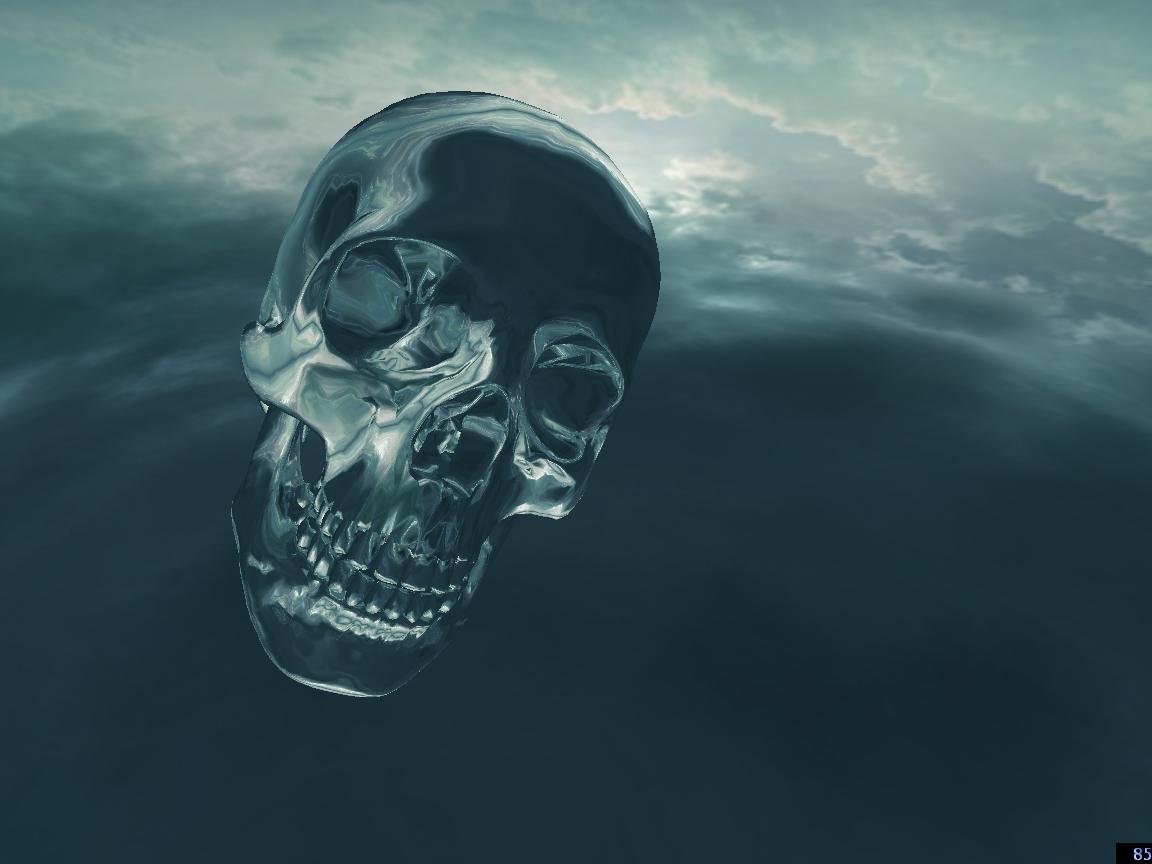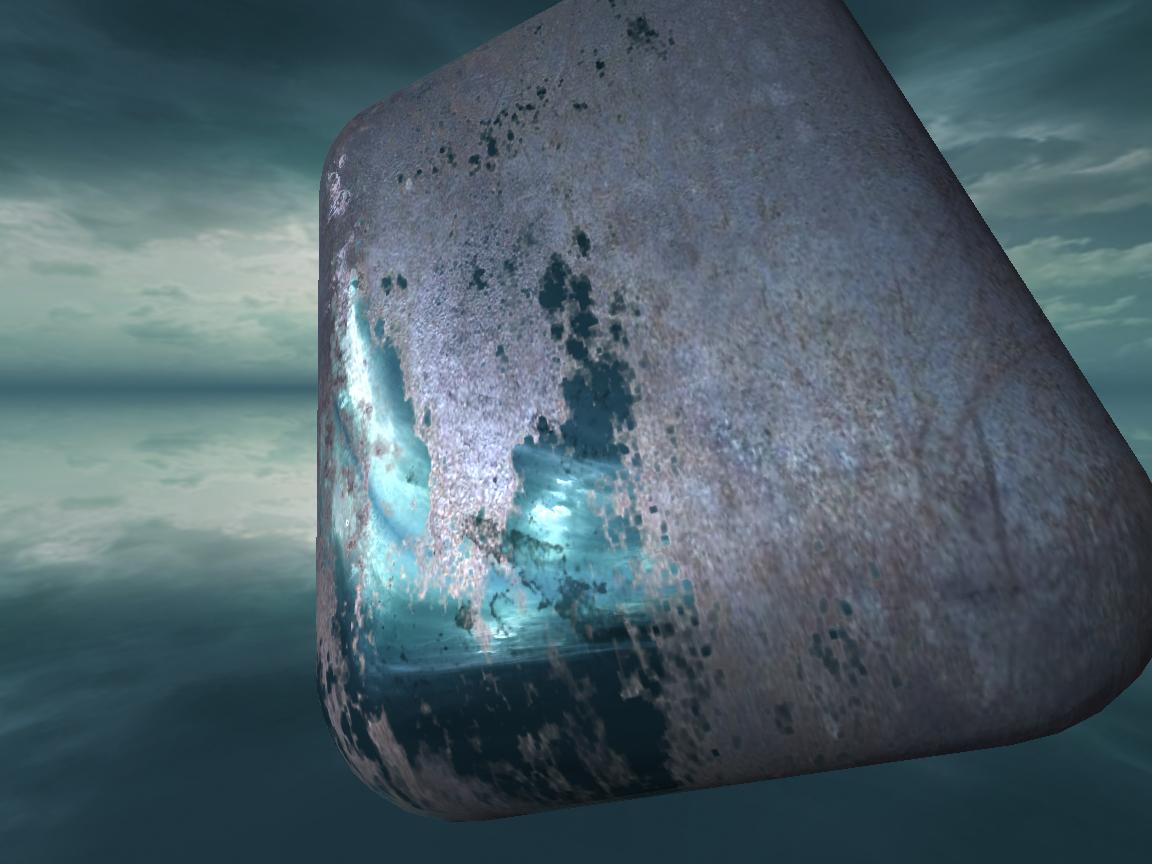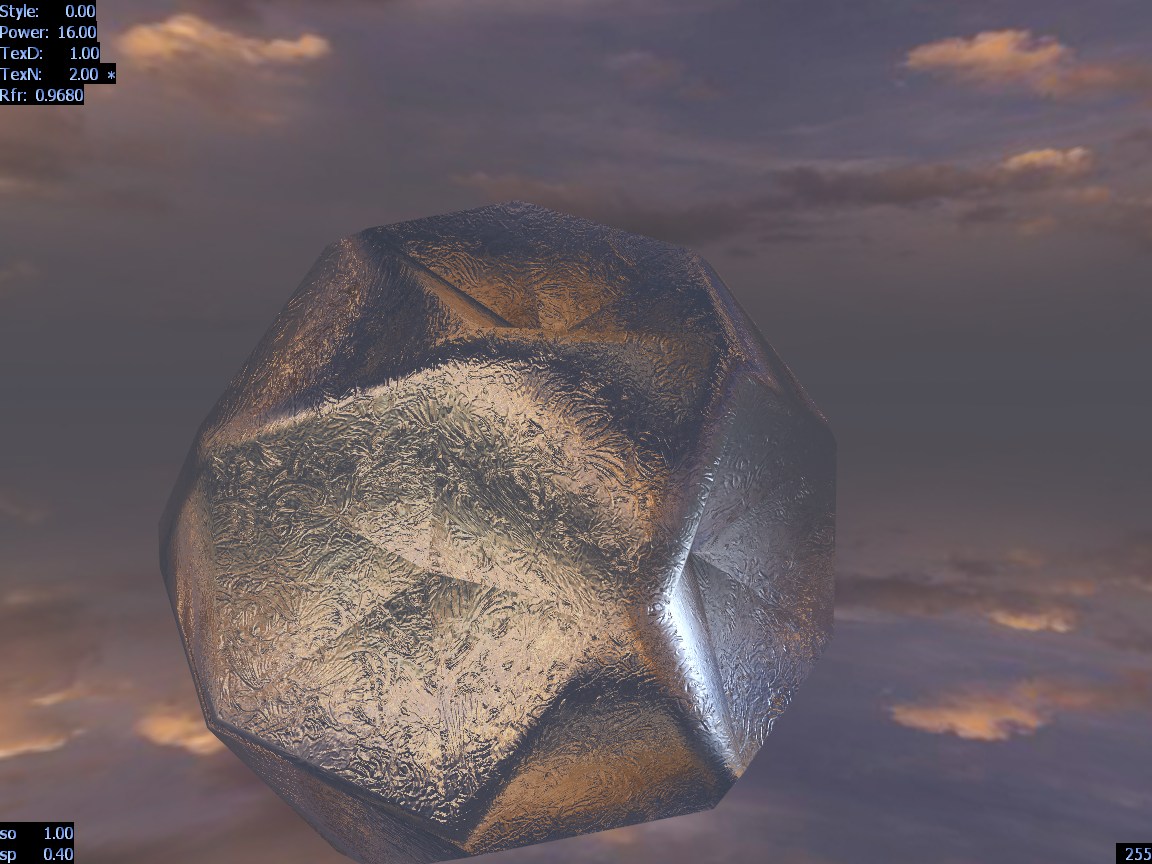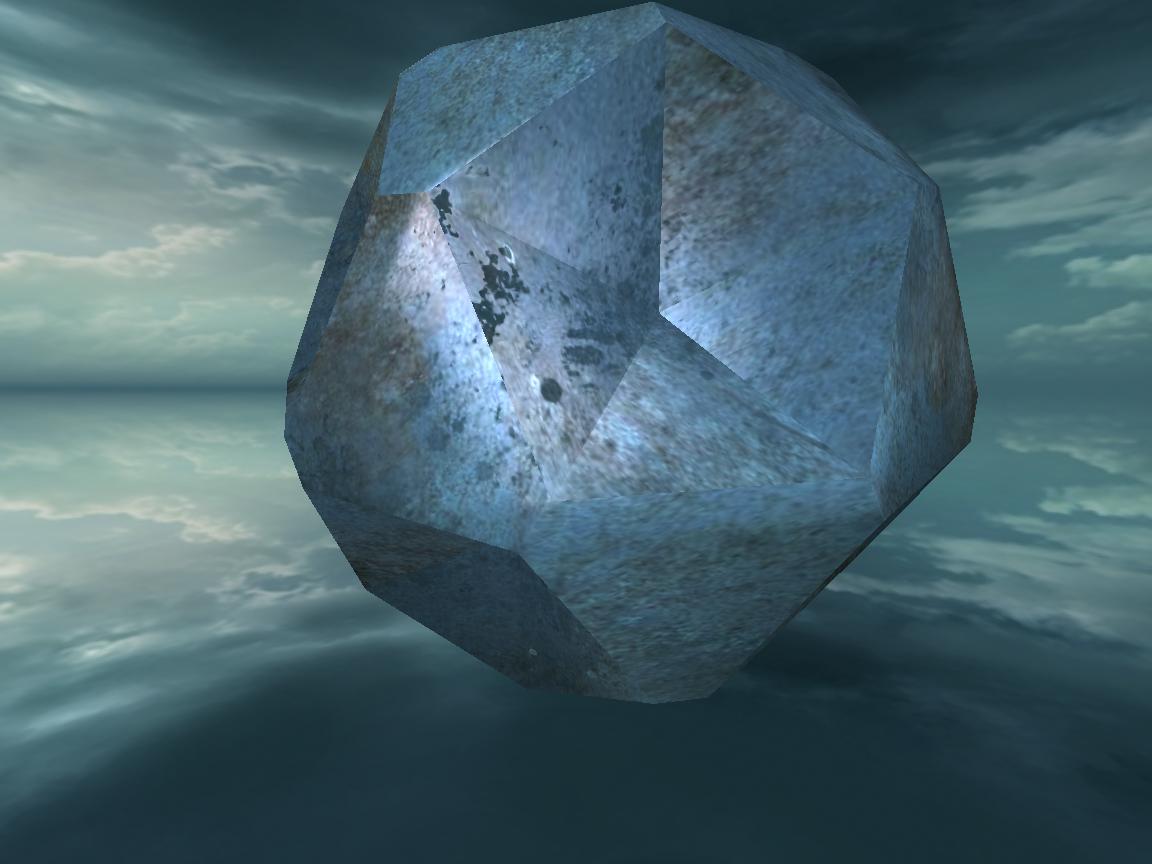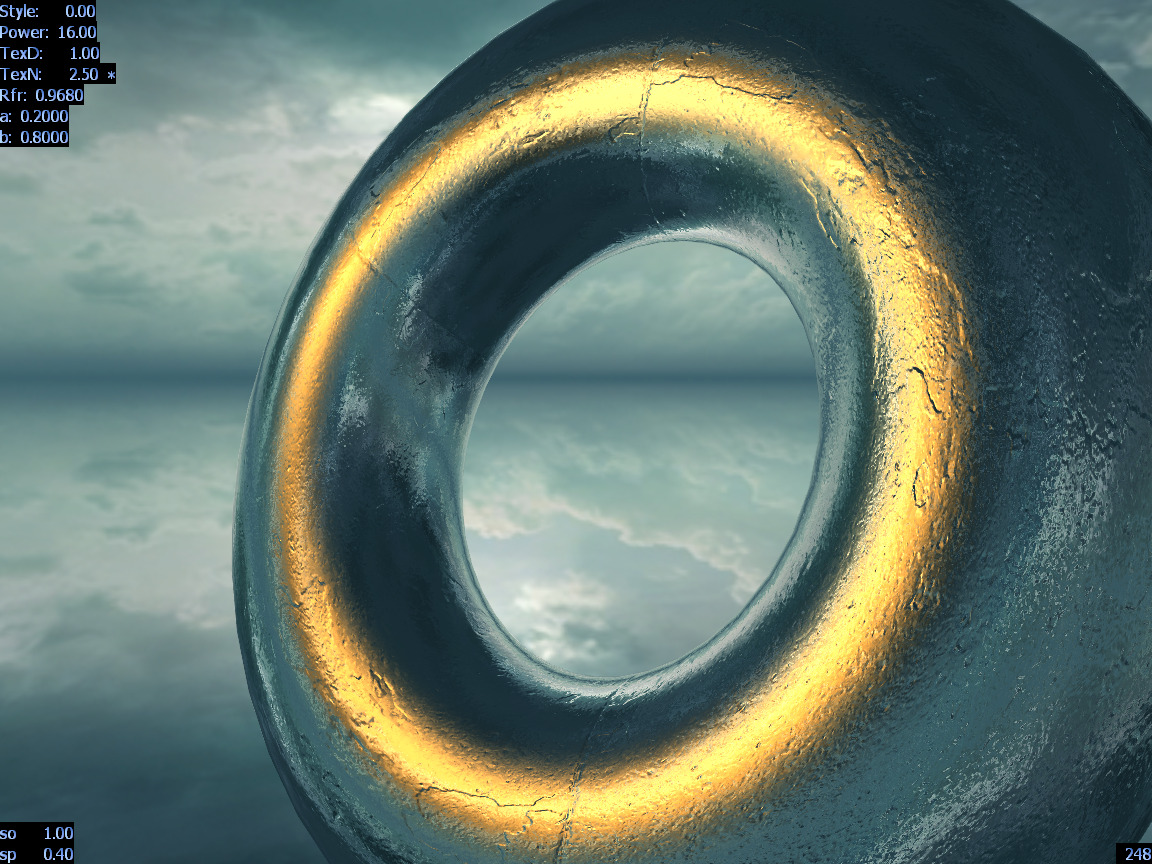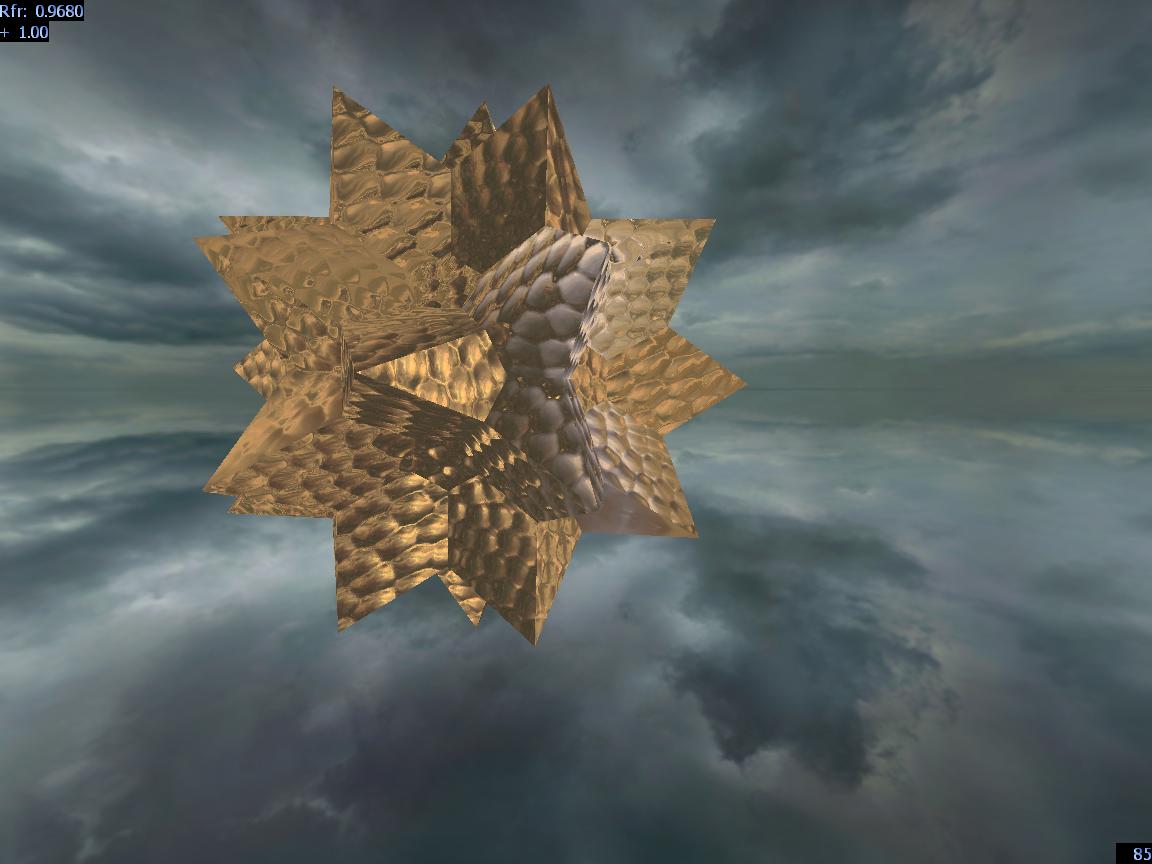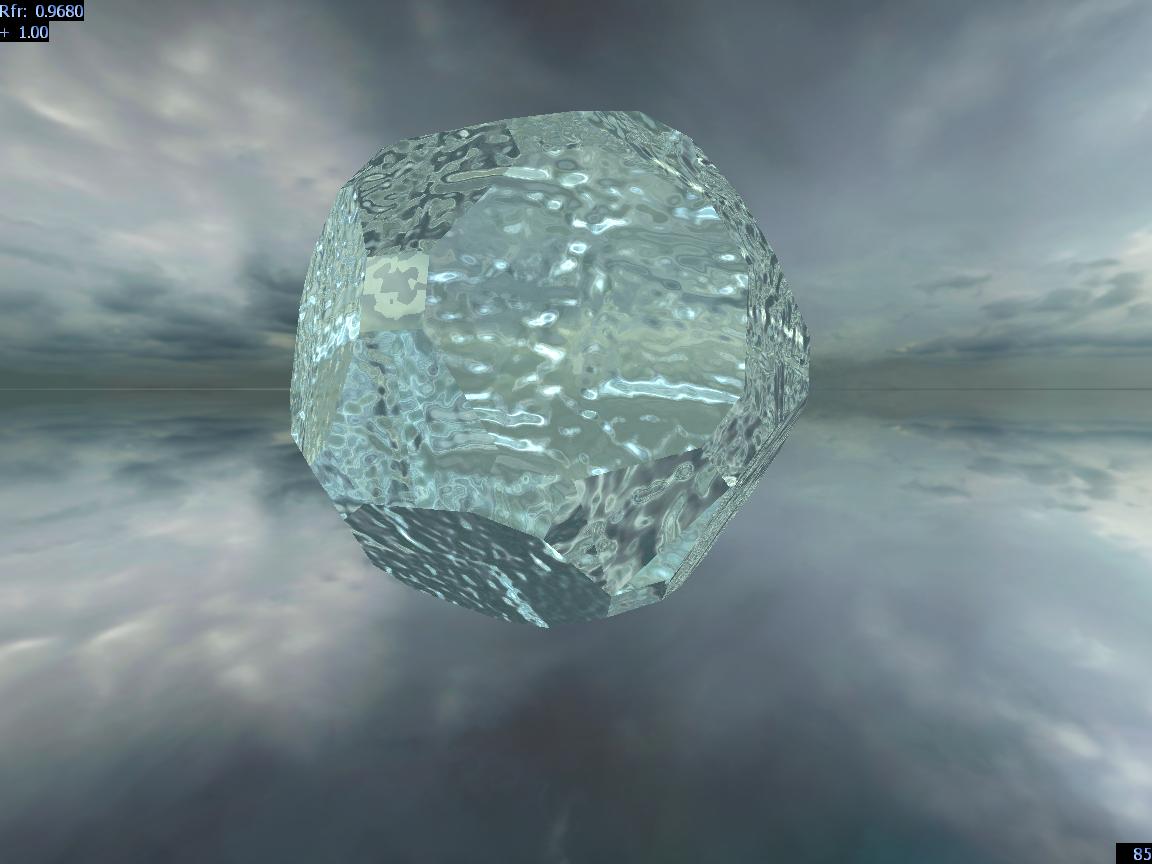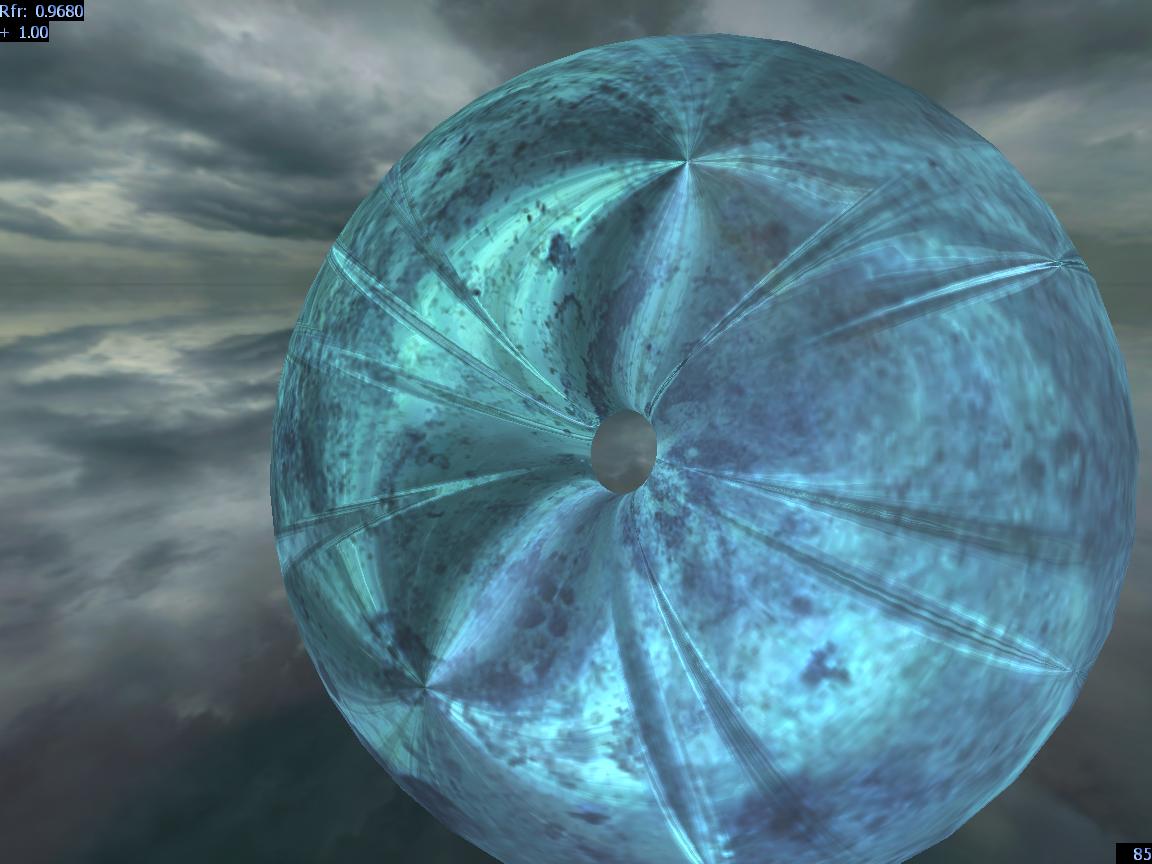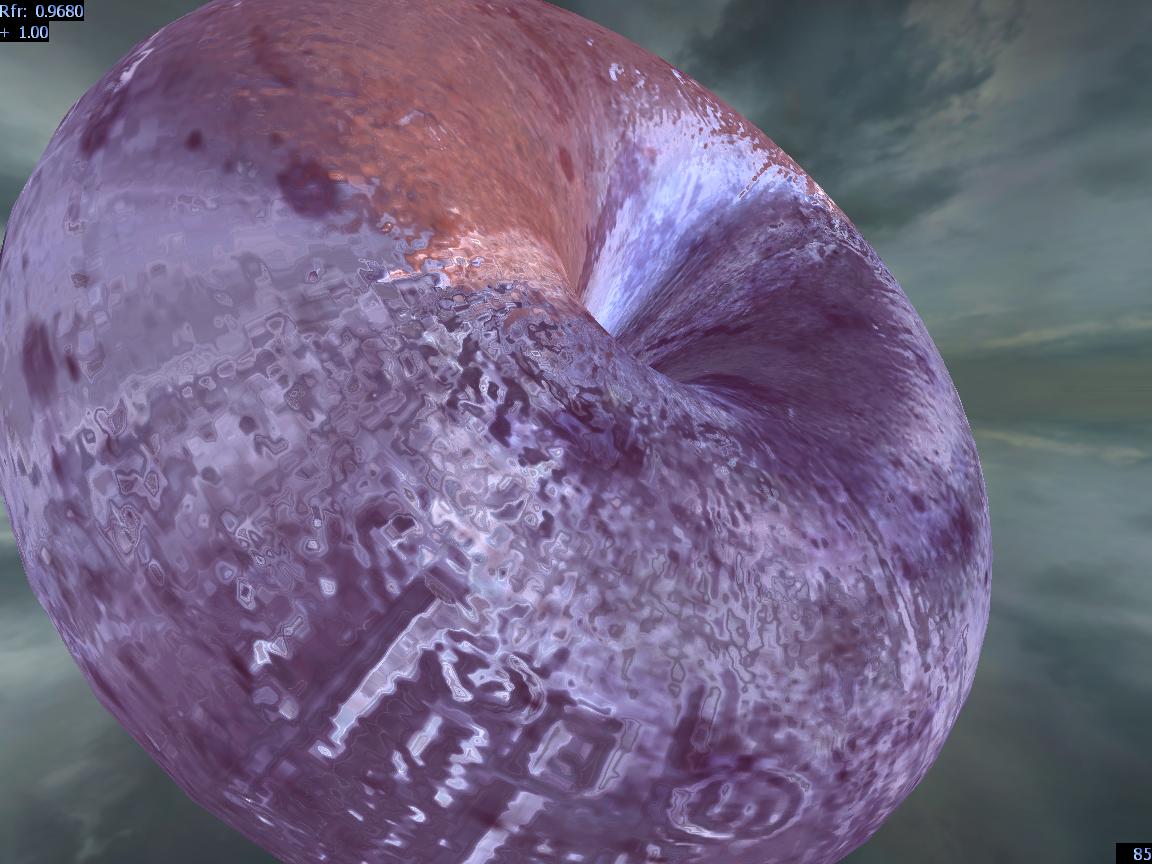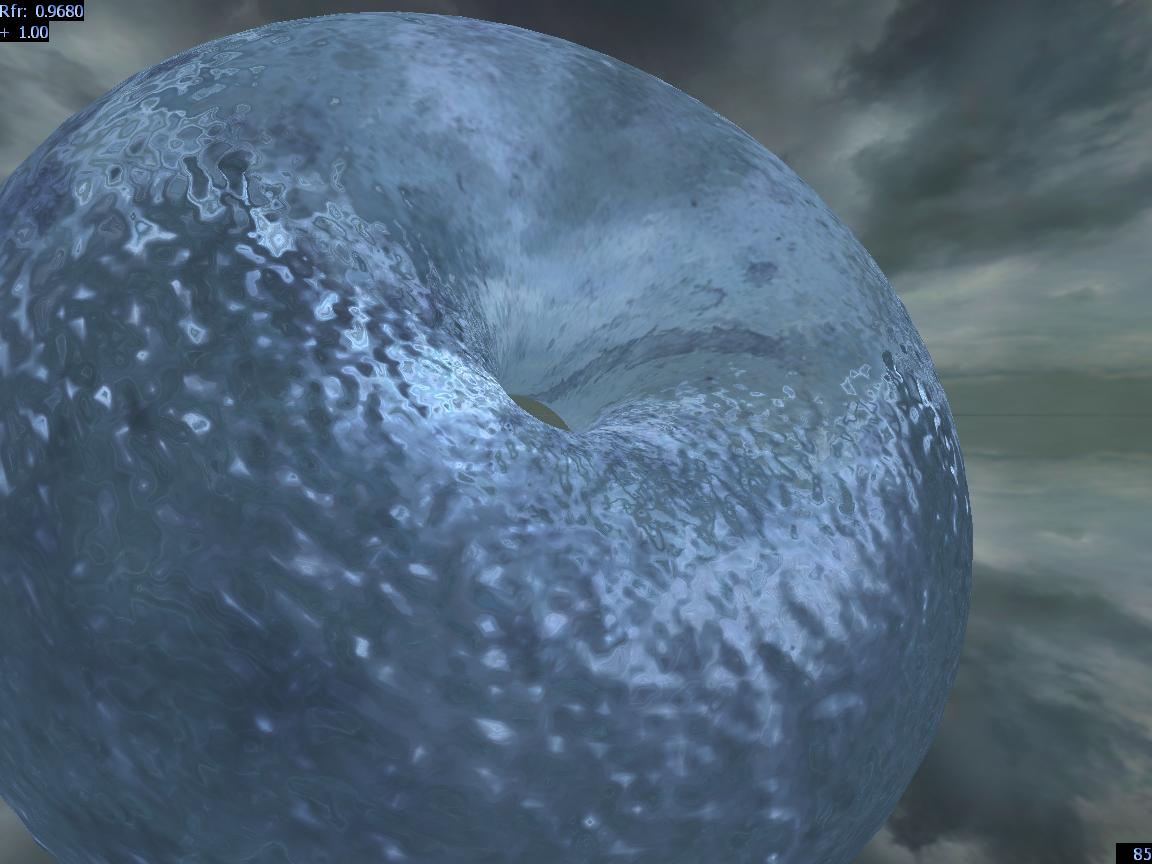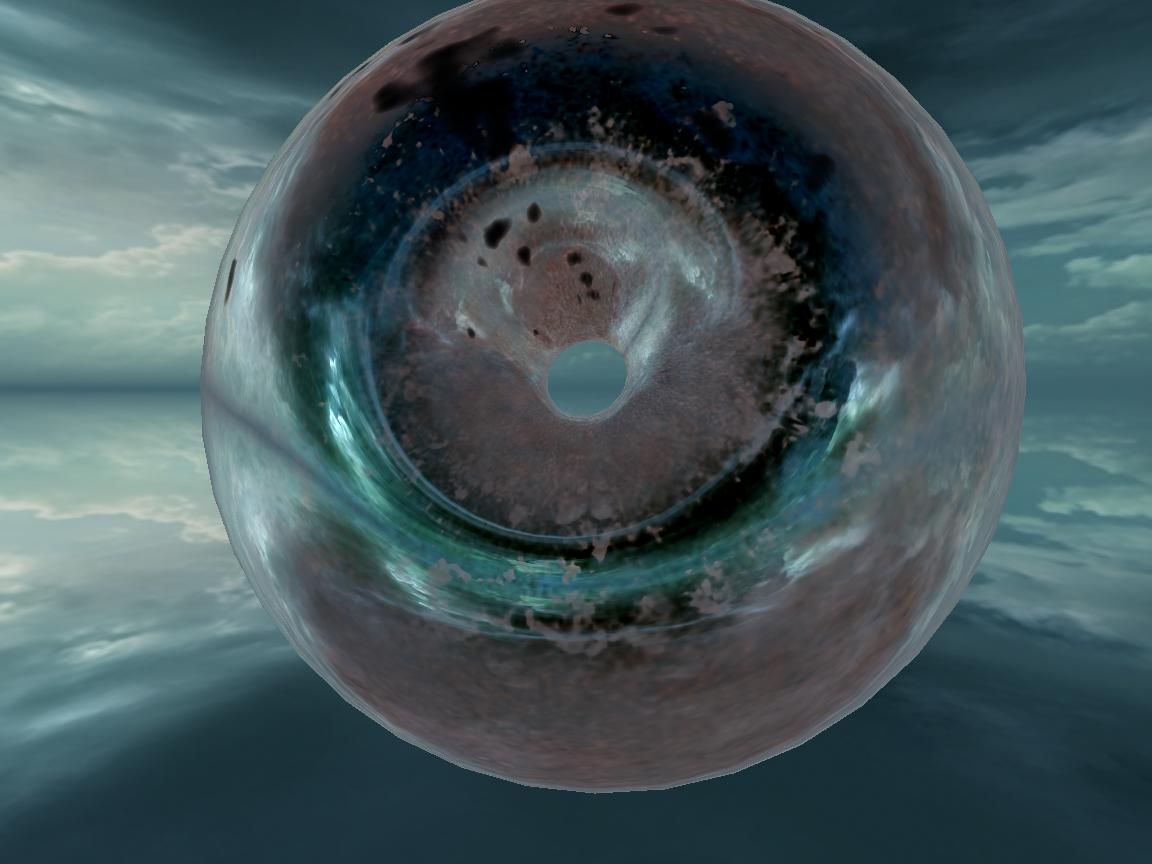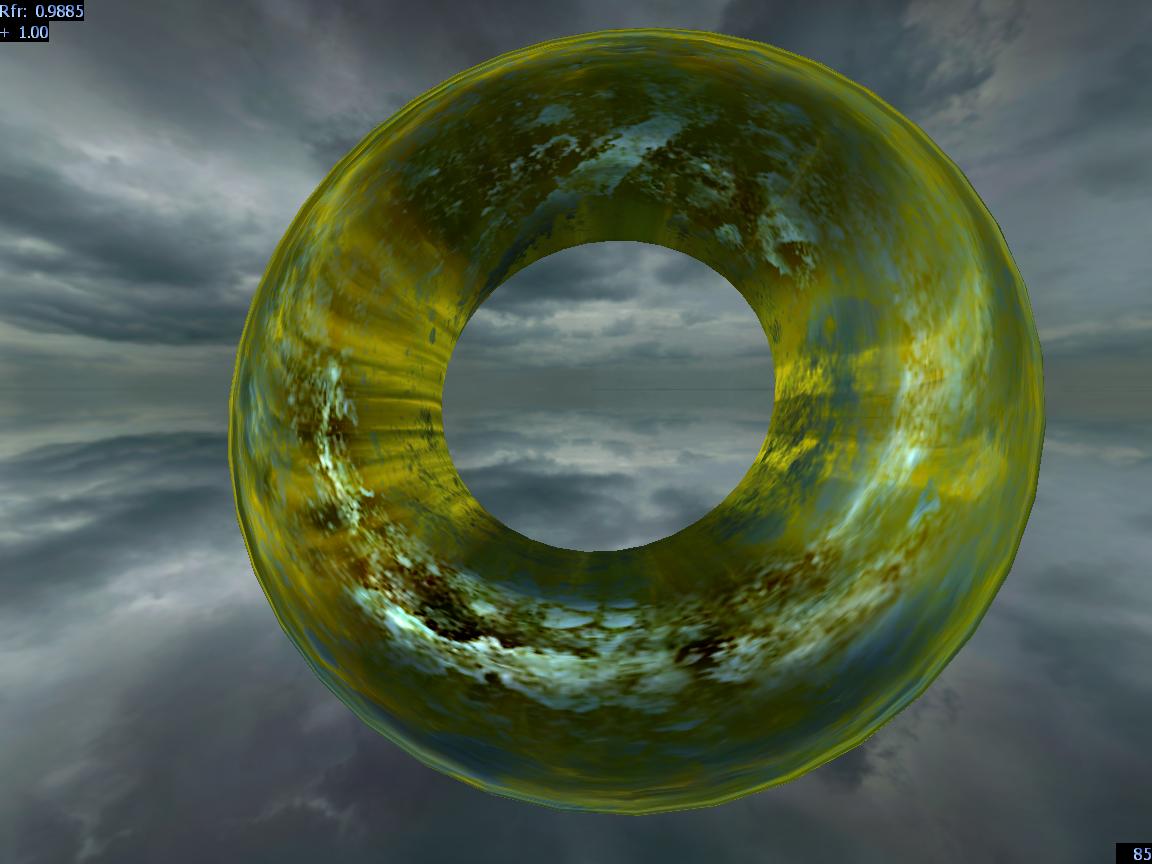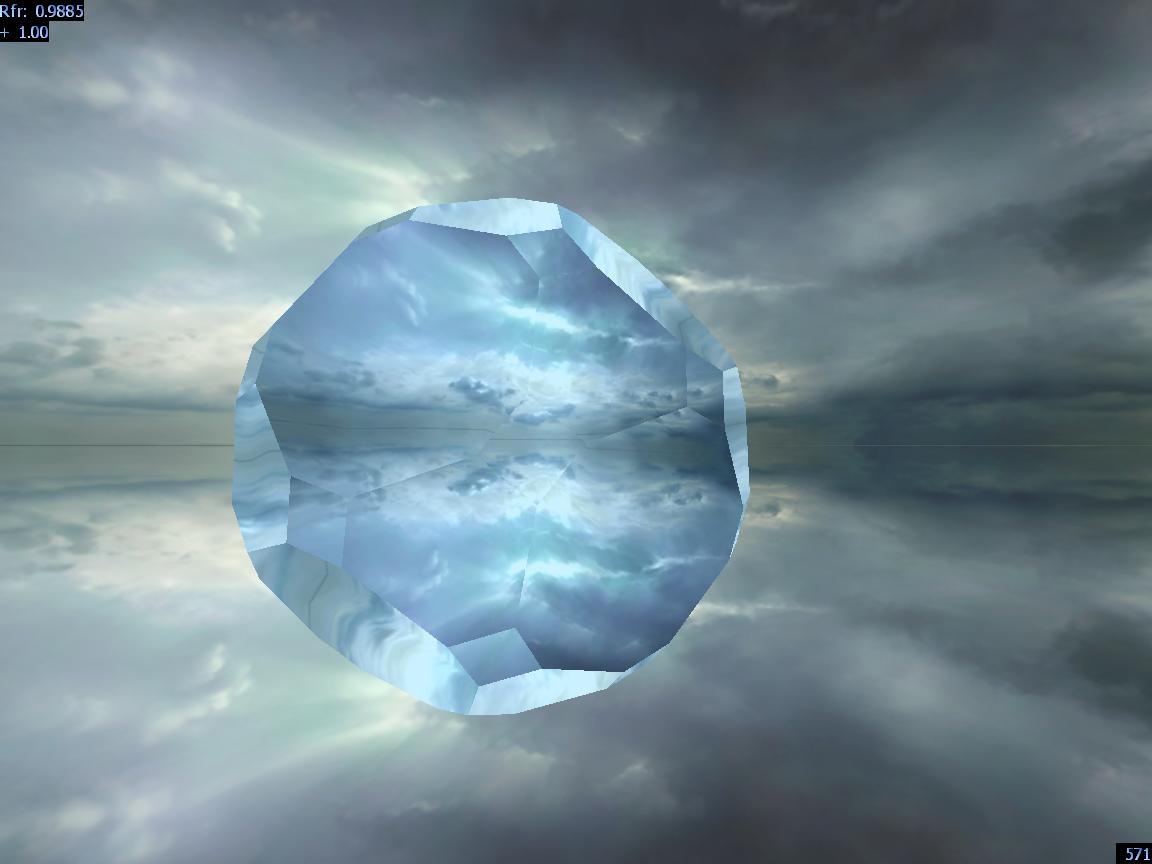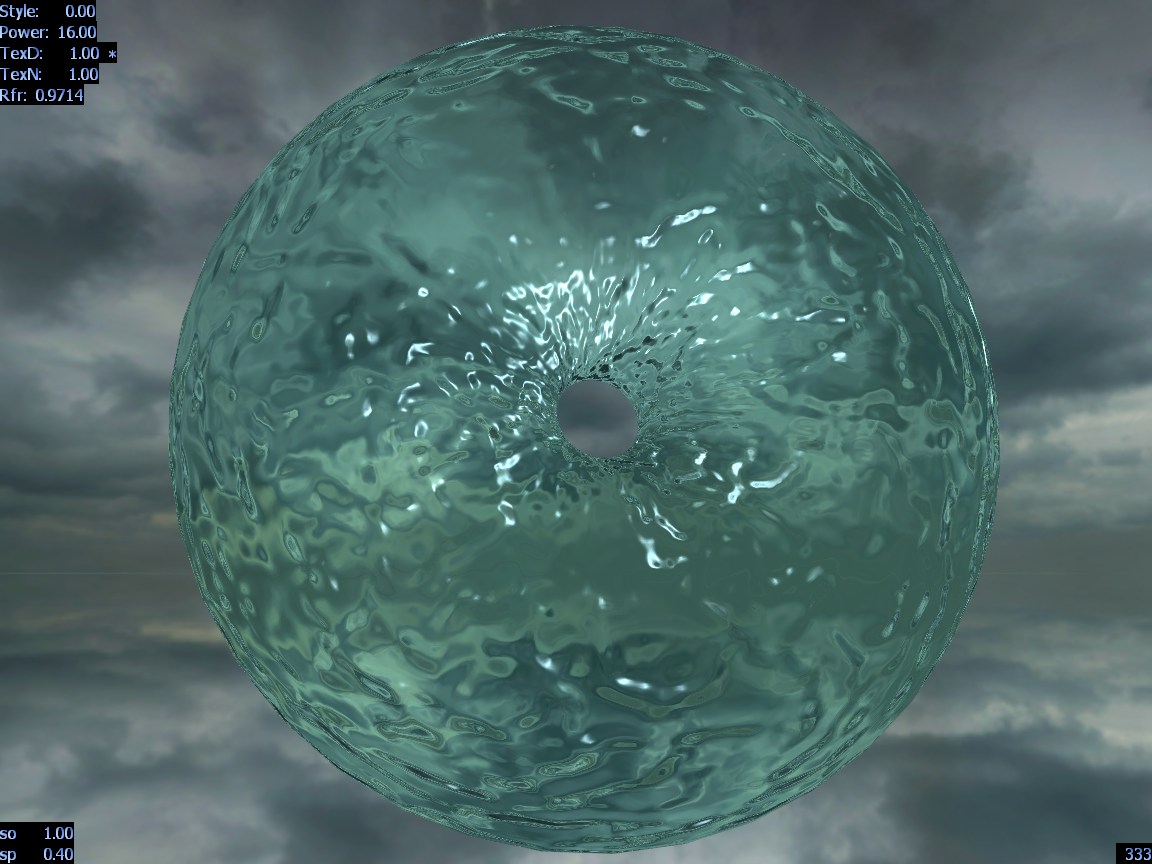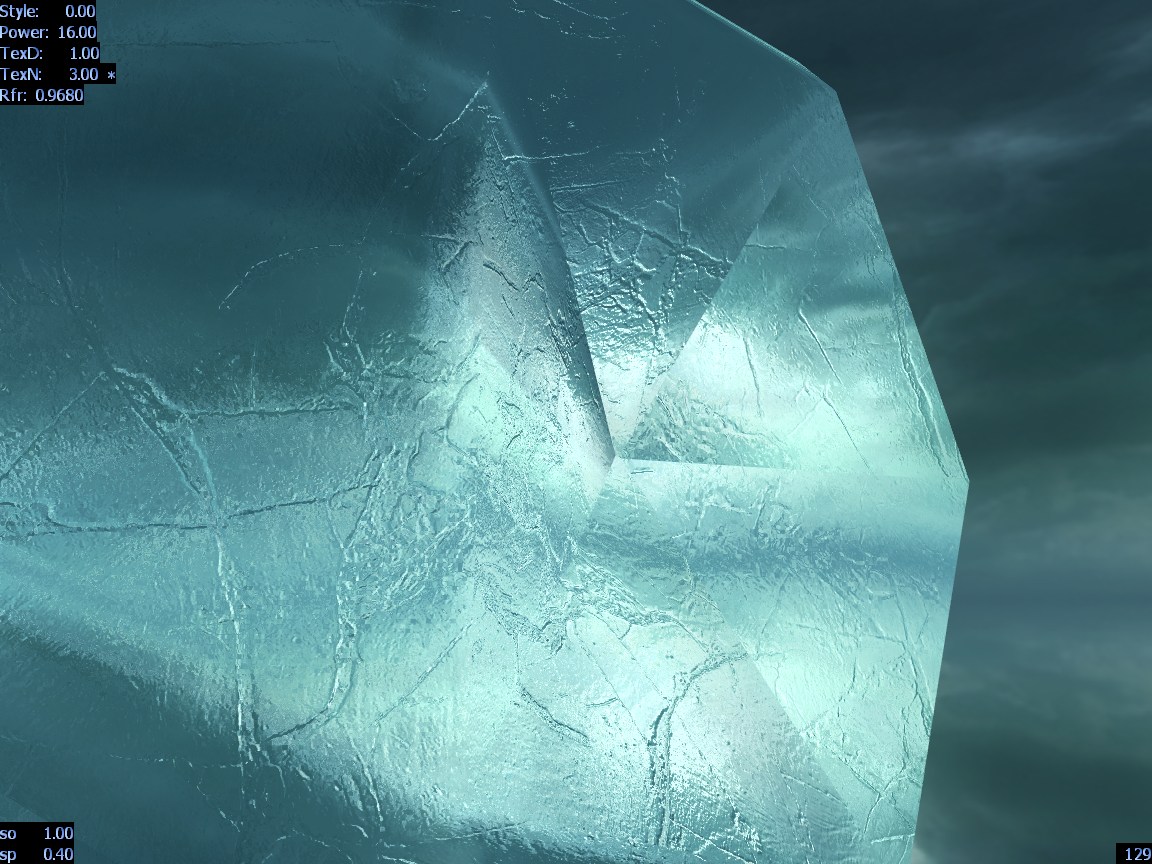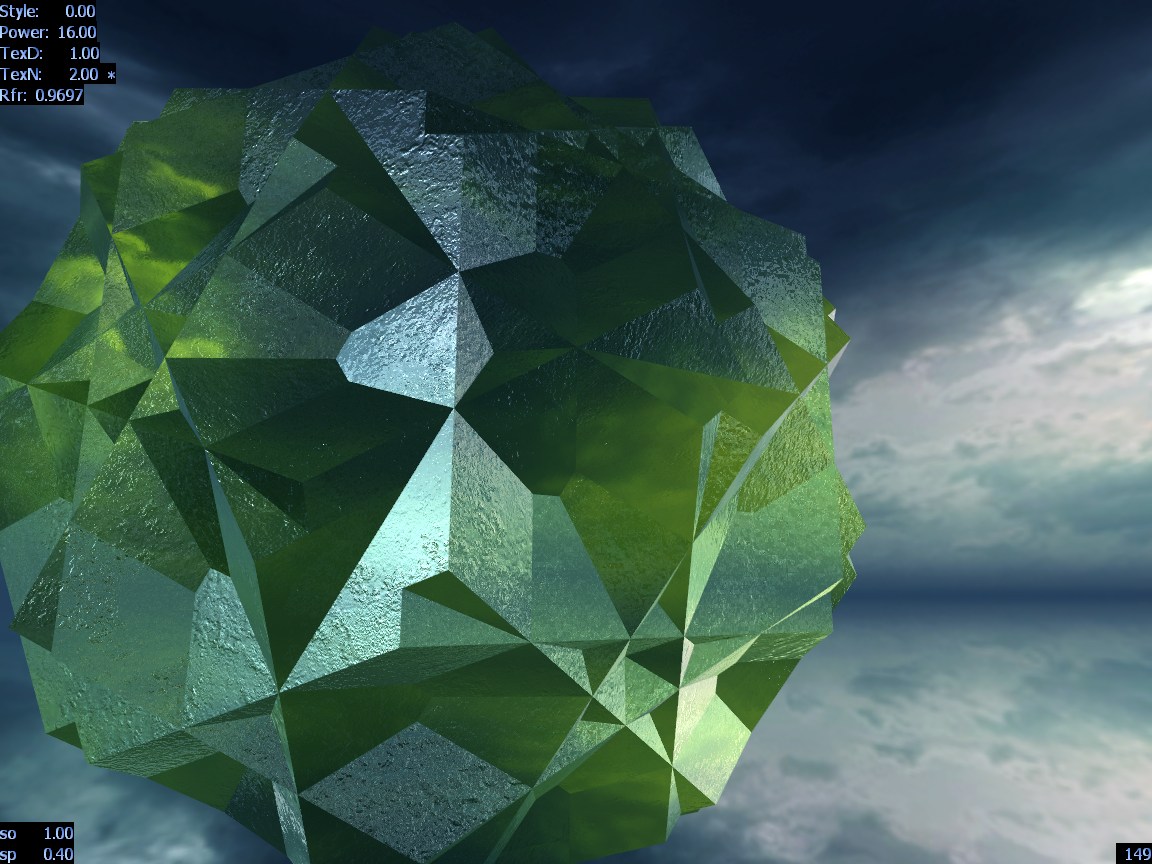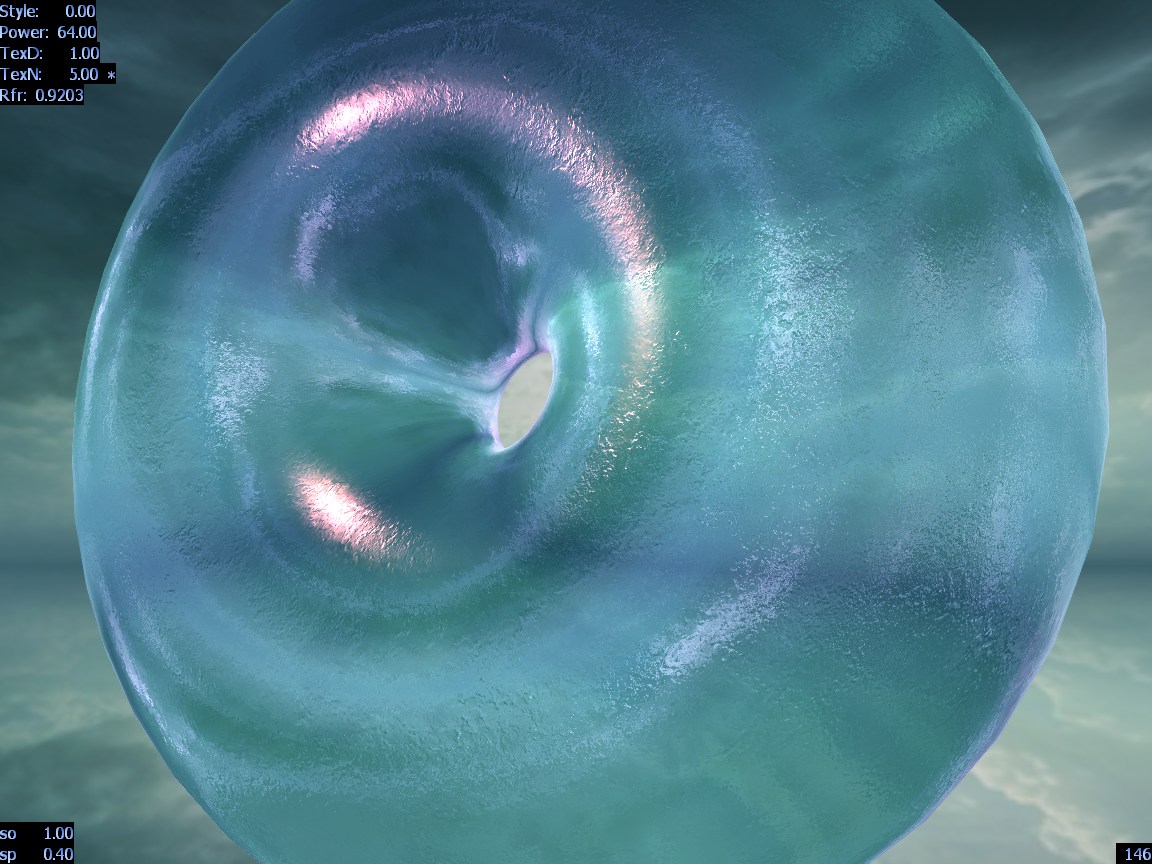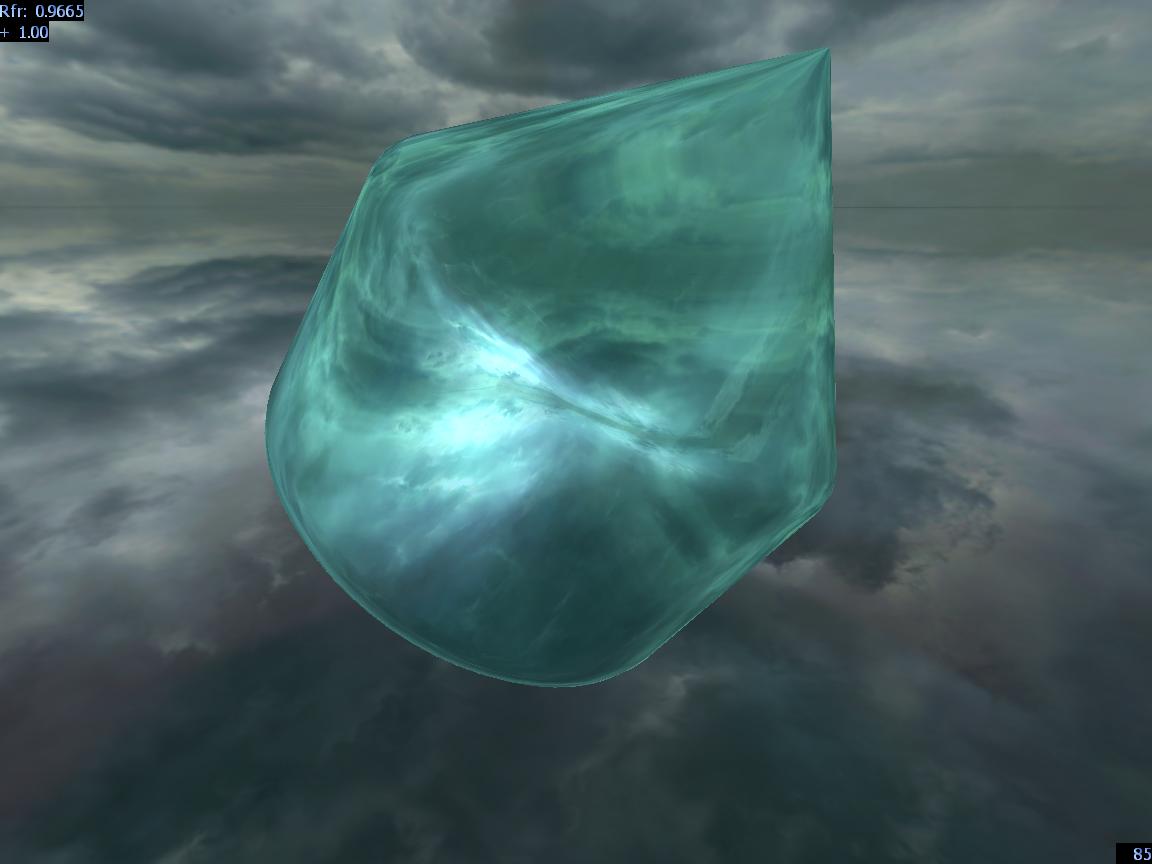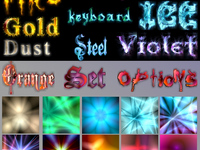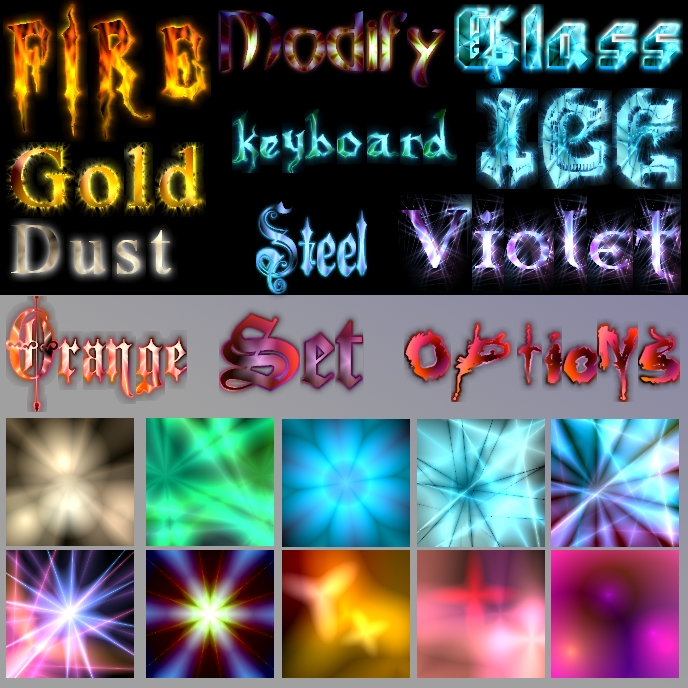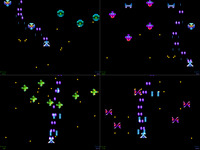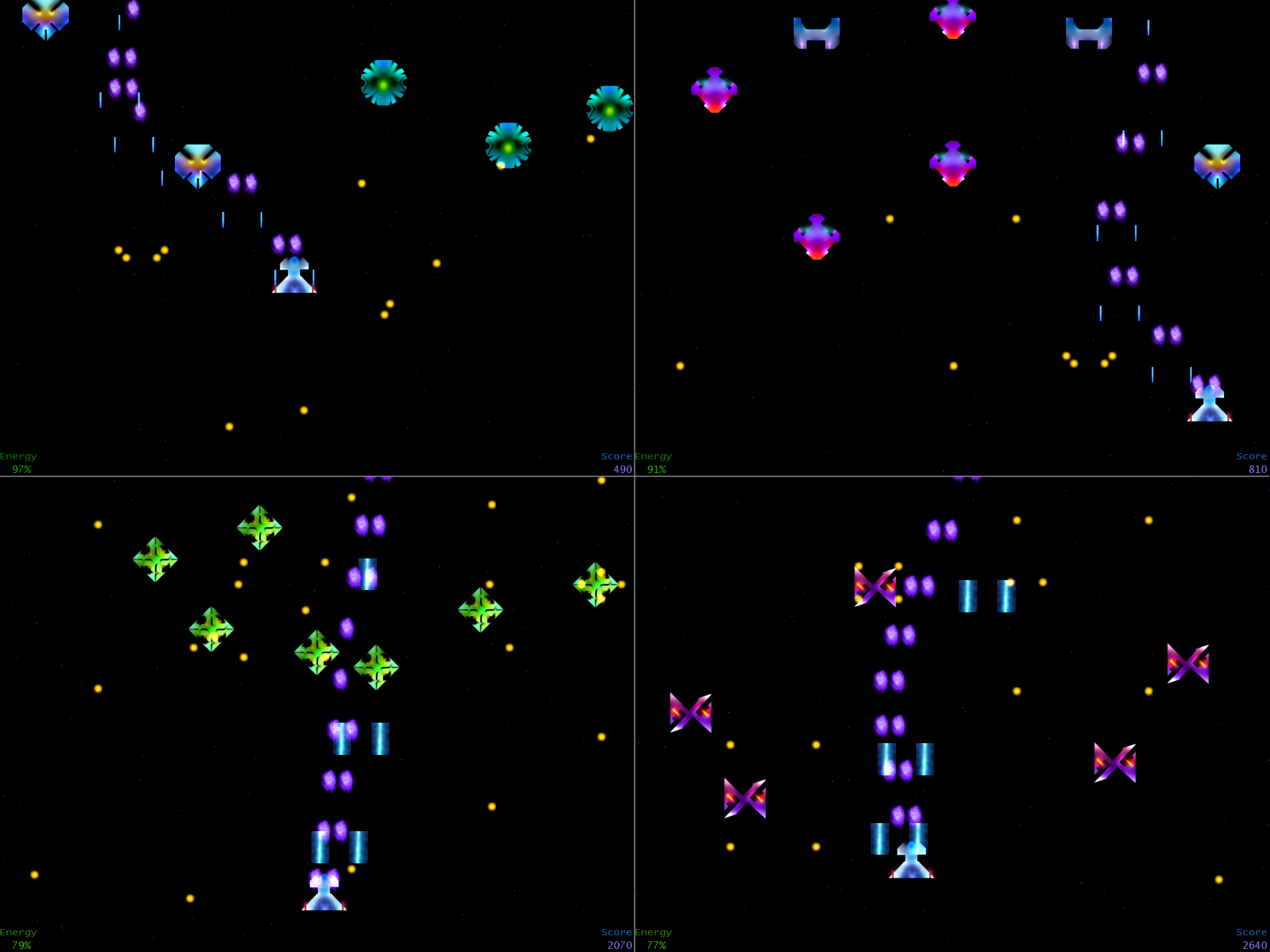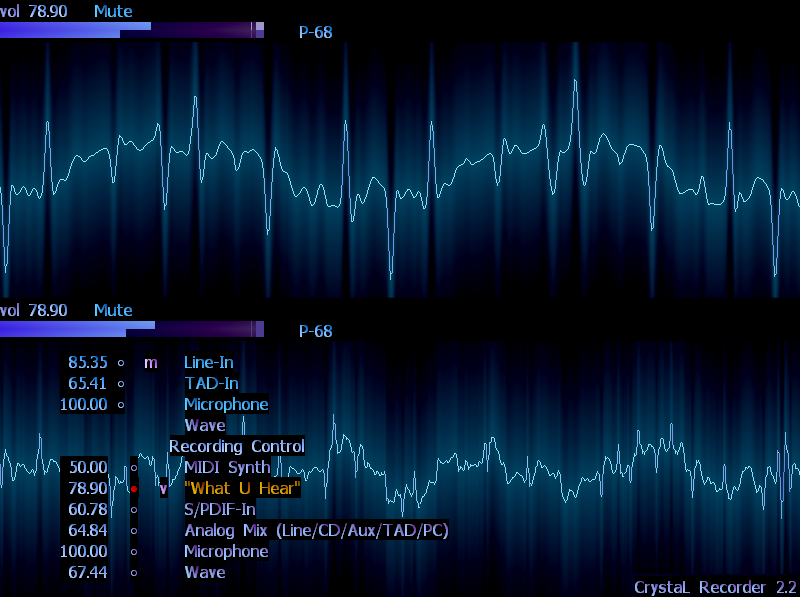
⏱️Overview
CrystaL Recorder (or shortly cRec) was a program I wrote for recording audio.
It just captured and saved in wav file format. It had a counter for files so each new incremented it.
It was coded in C++ with WinAPI calls, and using bitmap fonts made in my Crystal Font program.
📊Features
It also had an volume amplitude bar (similar to VU meter), with overflow indication, signalling too high volume of recording.
Then I featured it with a nice wave oscilloscope visualization. The line color changed depending on amplitude (going violet for high frequencies). It also has a glow effect, but not a real distance. For me it actually looked better since you could still see smaller details in glow same as in wave. It updated at 60-85 frames per second, same as CRT monitor’s refresh rate. There is a similar wave visualization in my audio player.
For later versions I’ve also added code to use the Windows Mixer interface. Gaining most of the functionality a sound card mixer has: listing channels, muting, changing volume, picking one for record etc. It was an odd, all uppercase code, like most of old WinAPI.
The program was a nice, little and very useful, with my style of everything: colors, fonts, keys and visualization.
➡️End
I was quite angry when I moved from Windows XP to Windows 7 and it actively disallowed me to record from “What U Hear”. Due to some crap, that Microsoft always does. There are even websites about it. And people doing something to change for better.
So I stopped using (and developing) it, after I’ve found another way and then moved.
Much later I also stopped using Windows at home.
